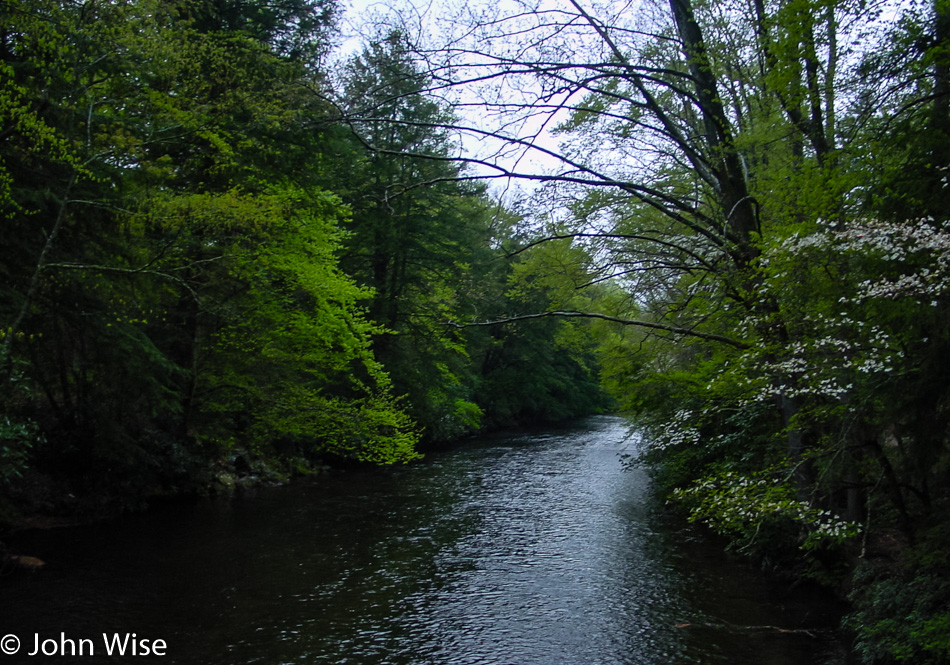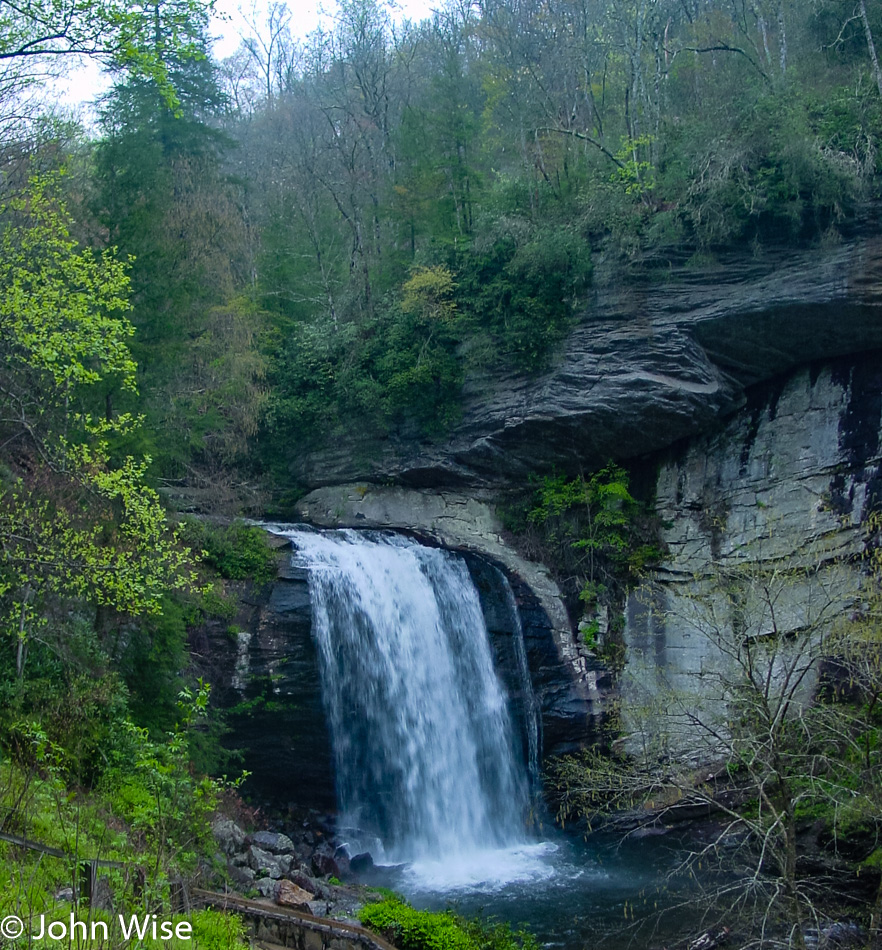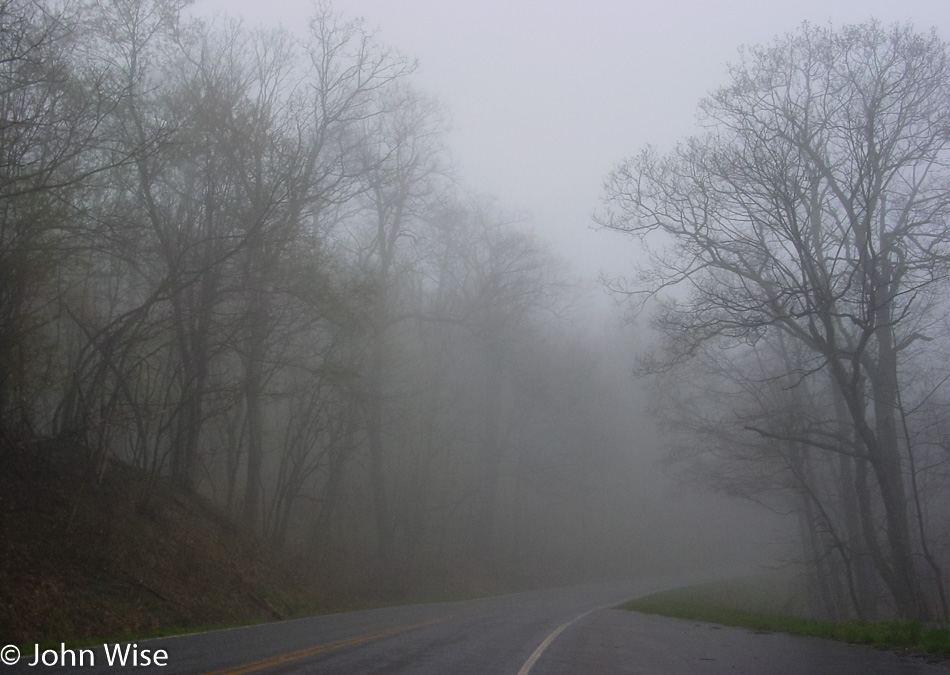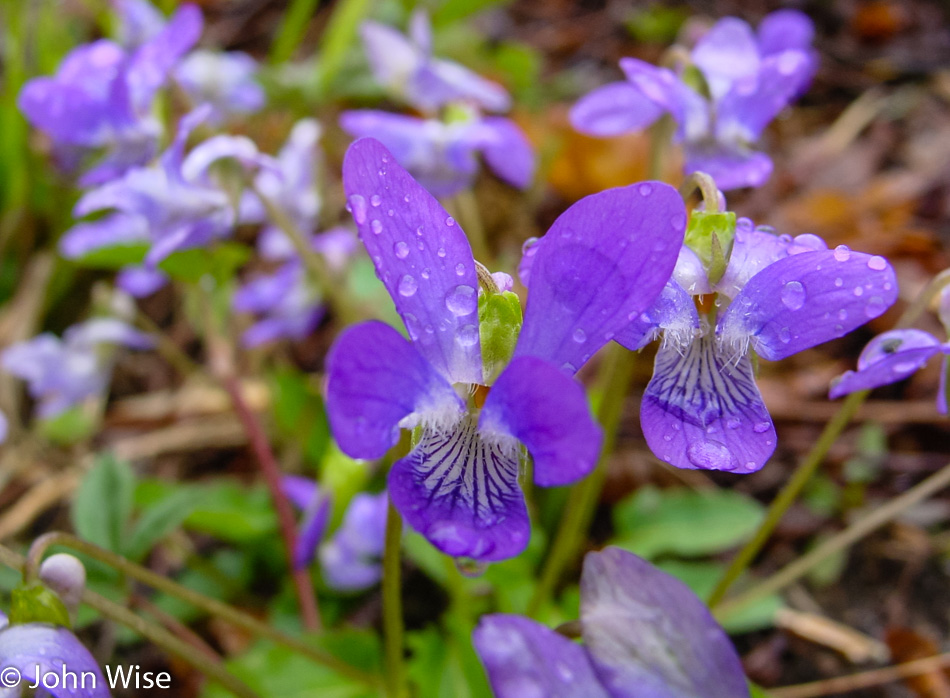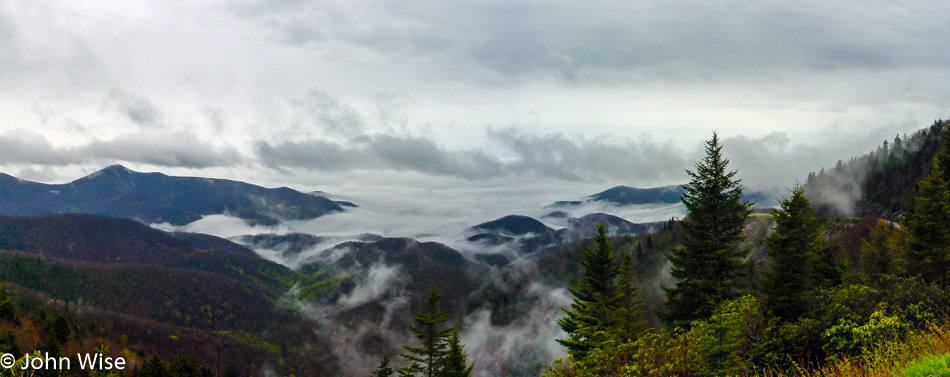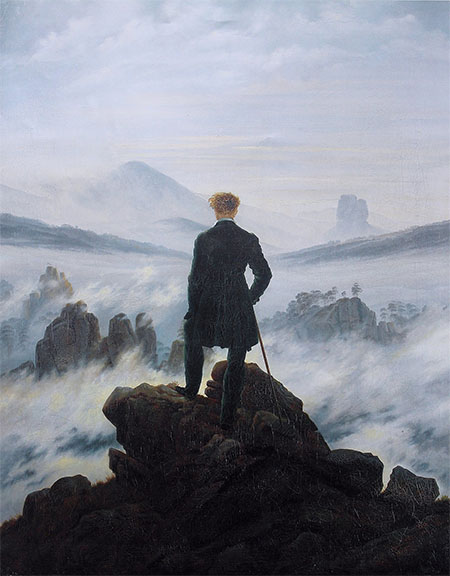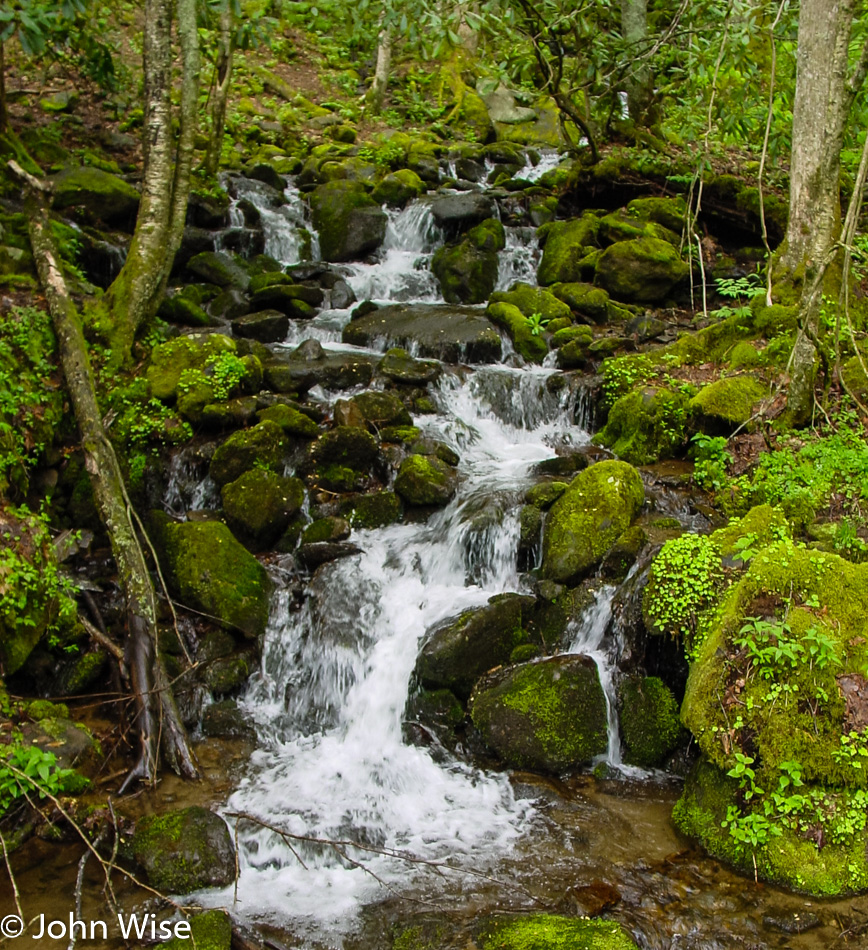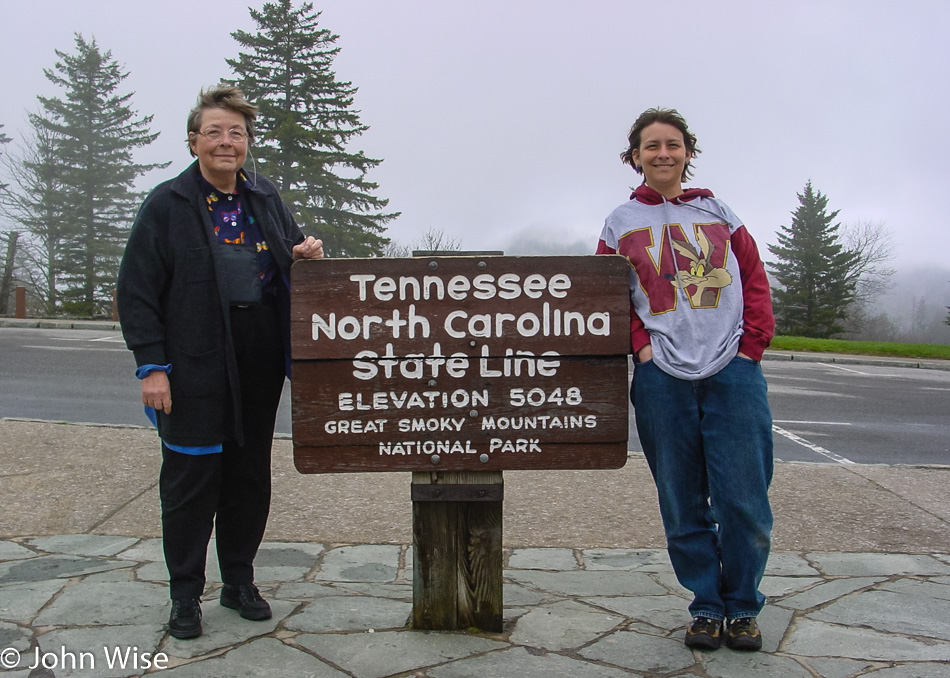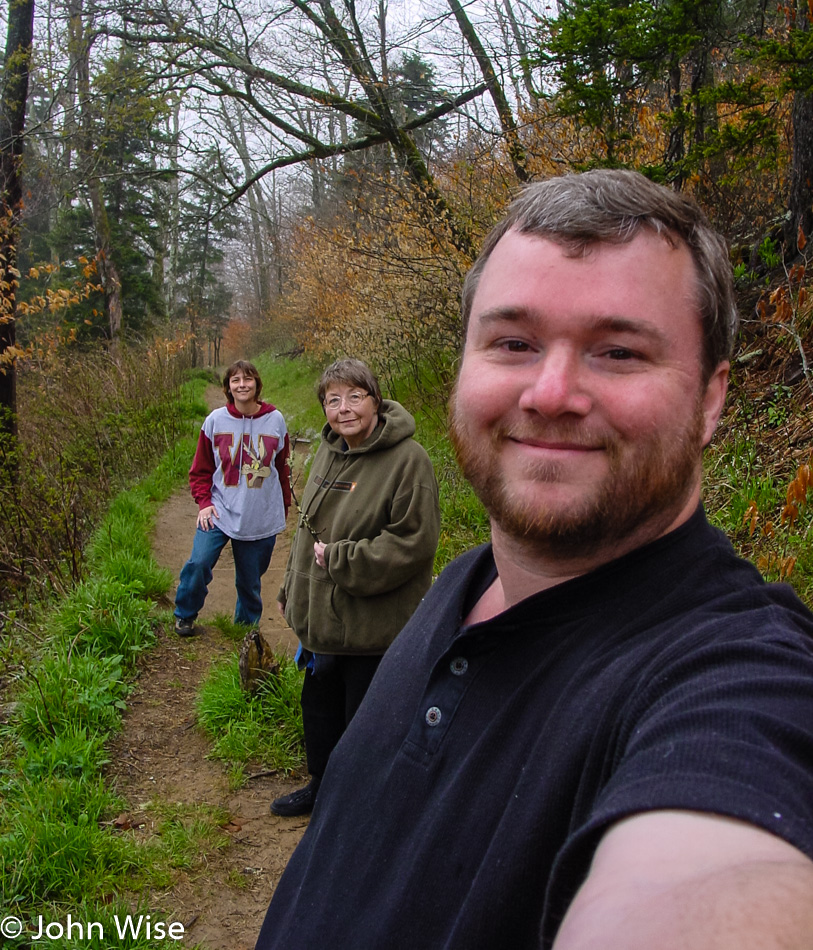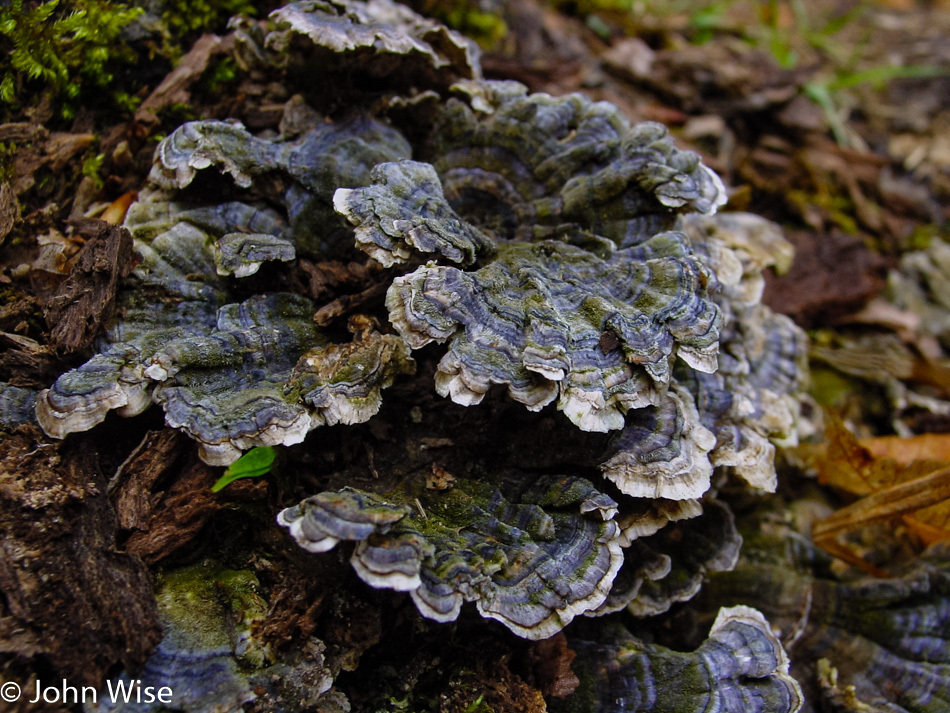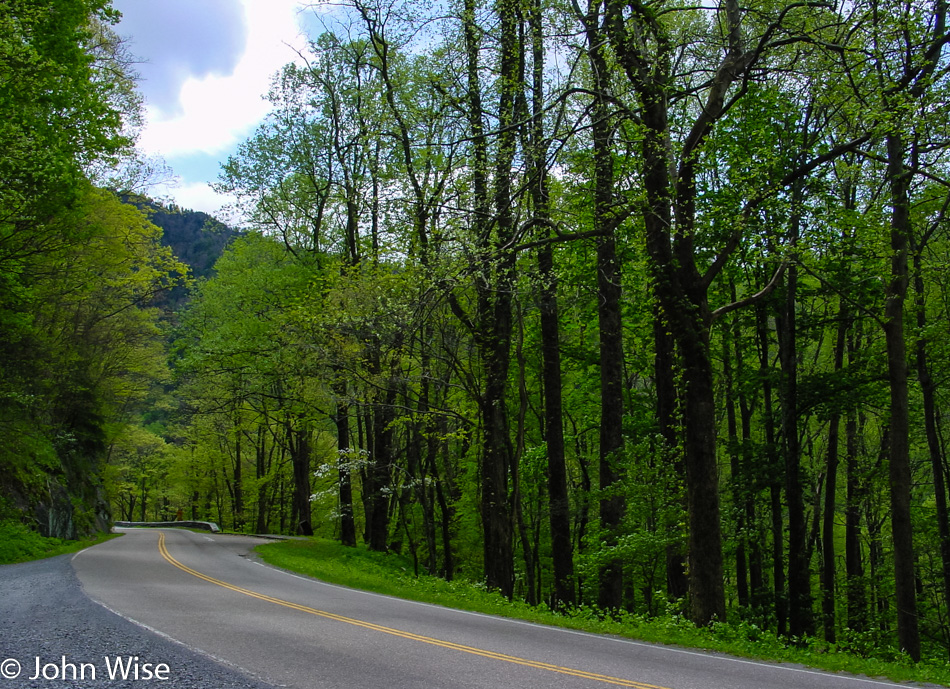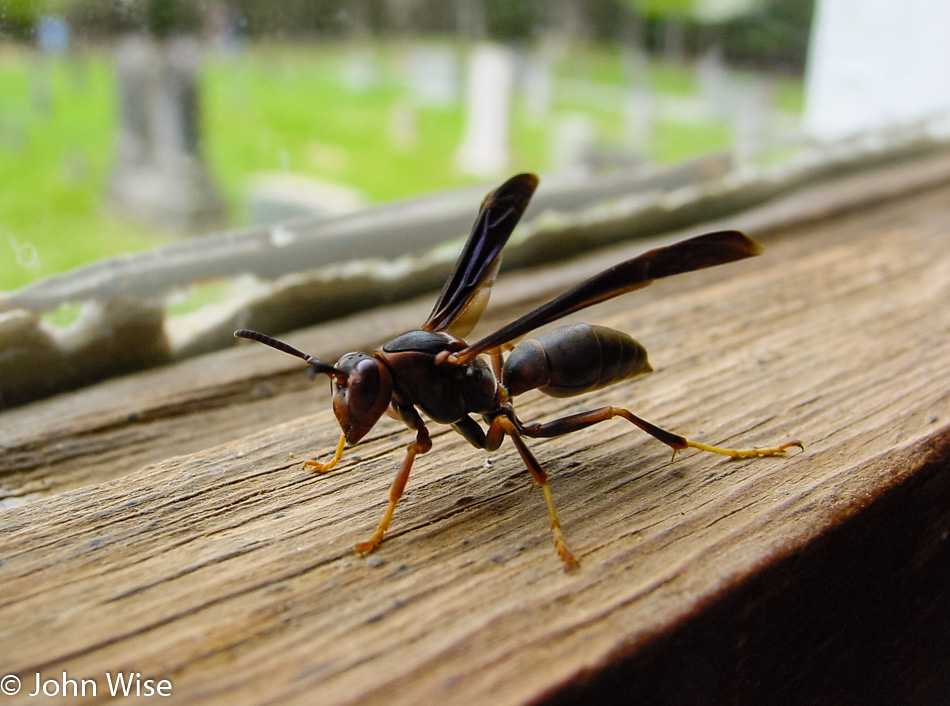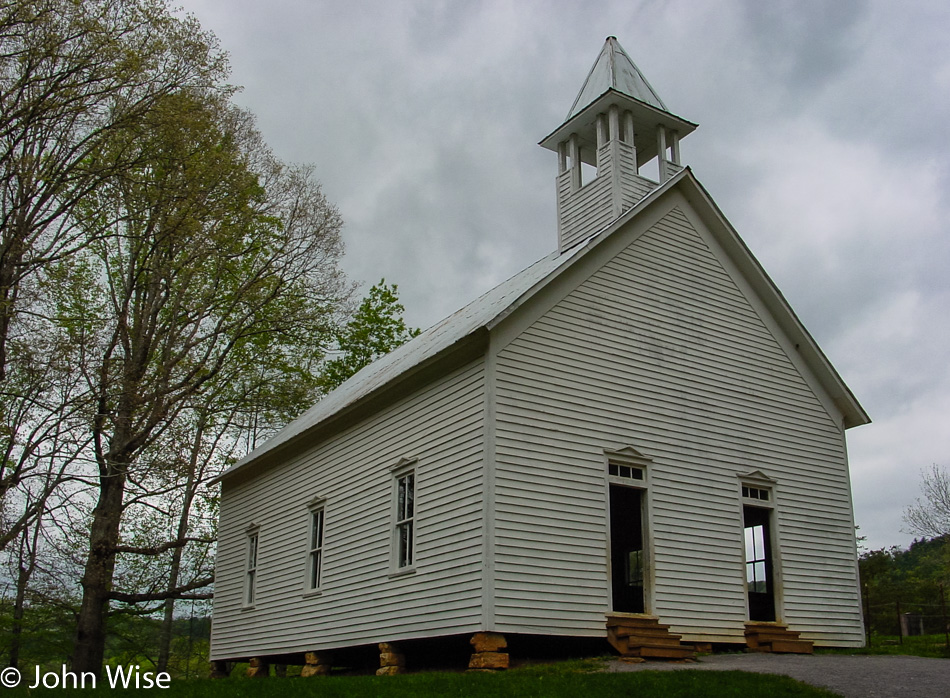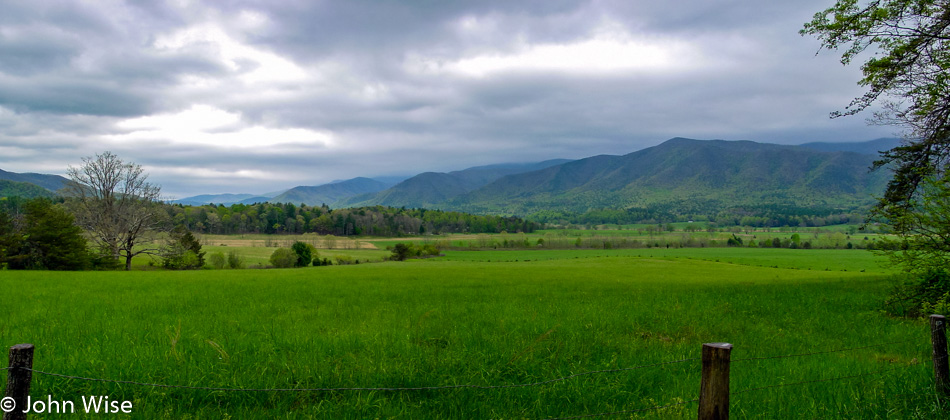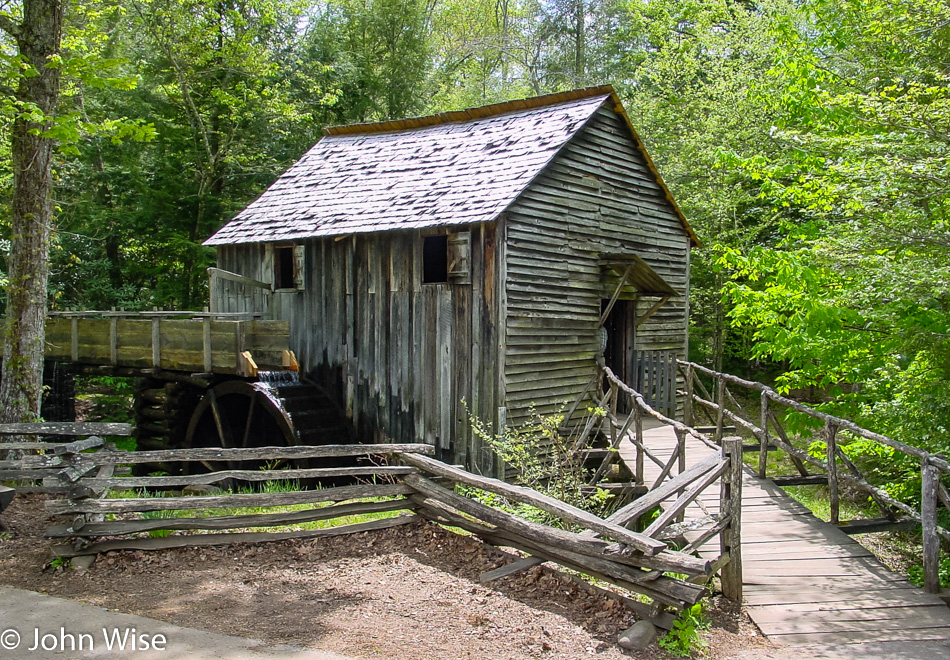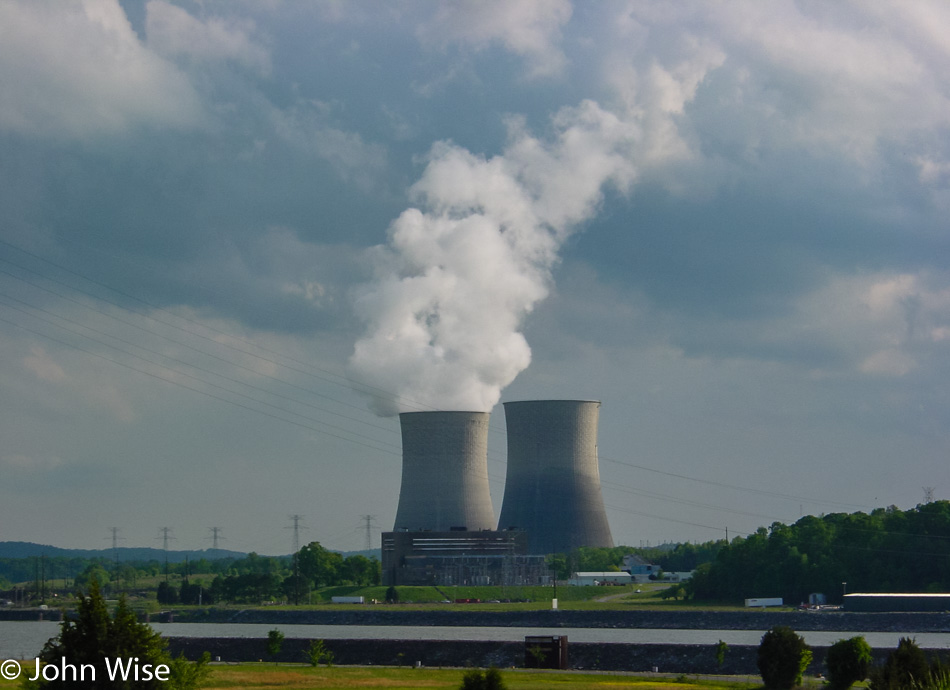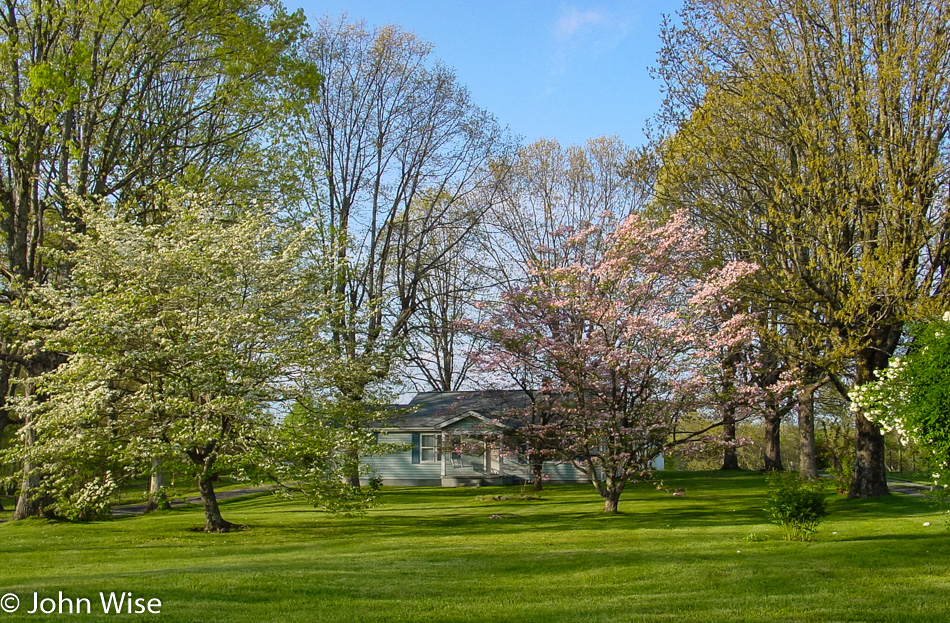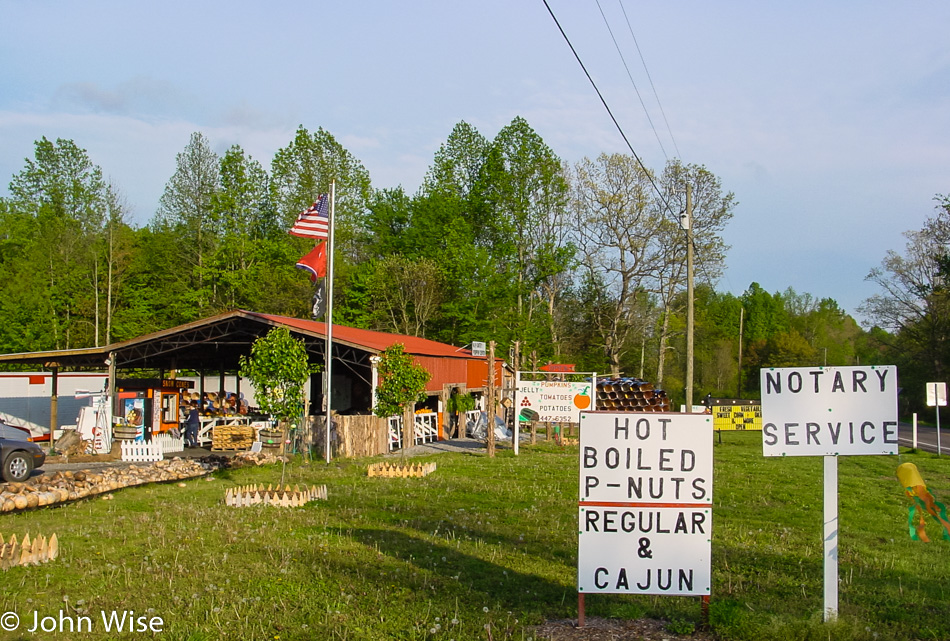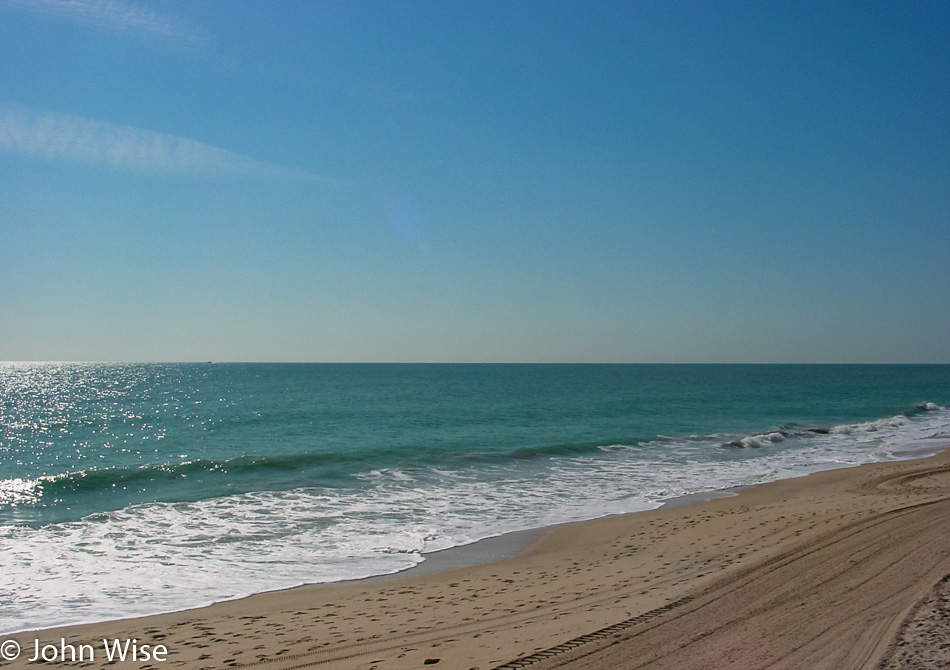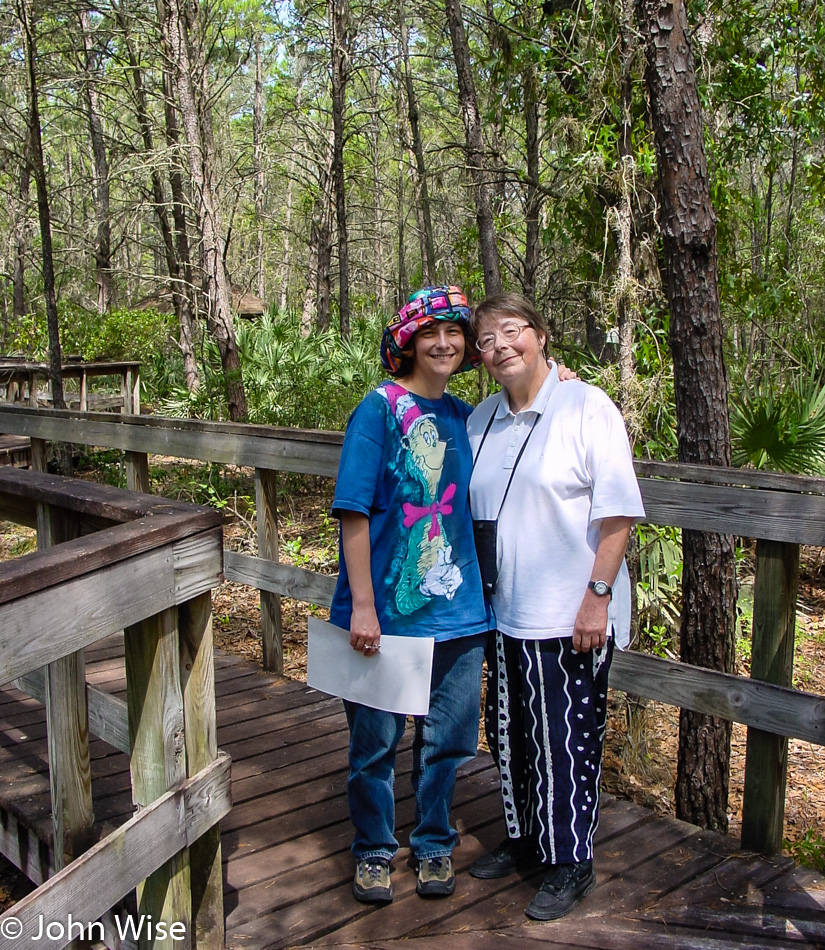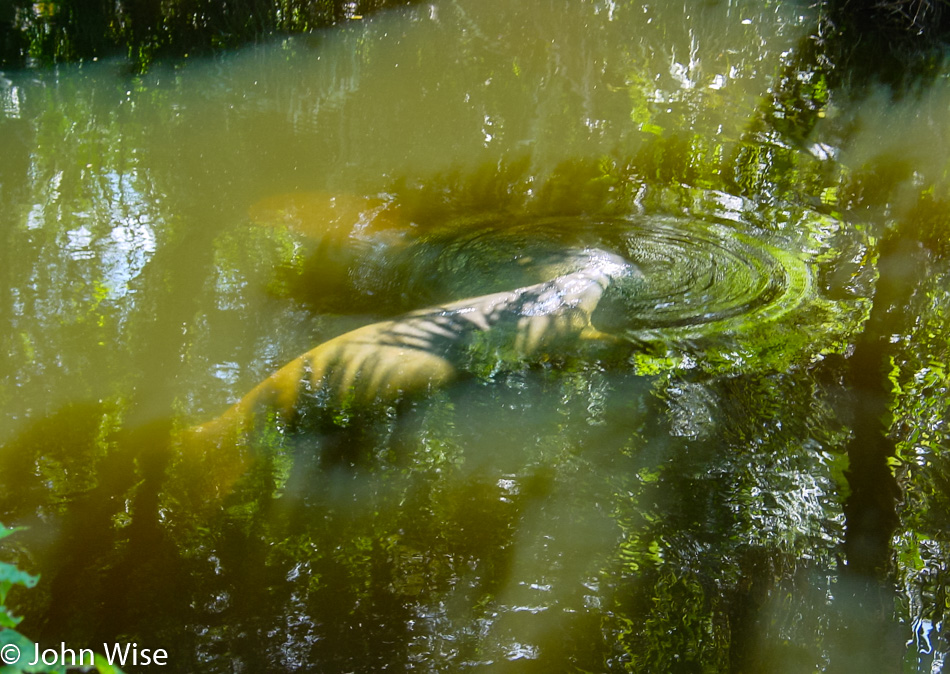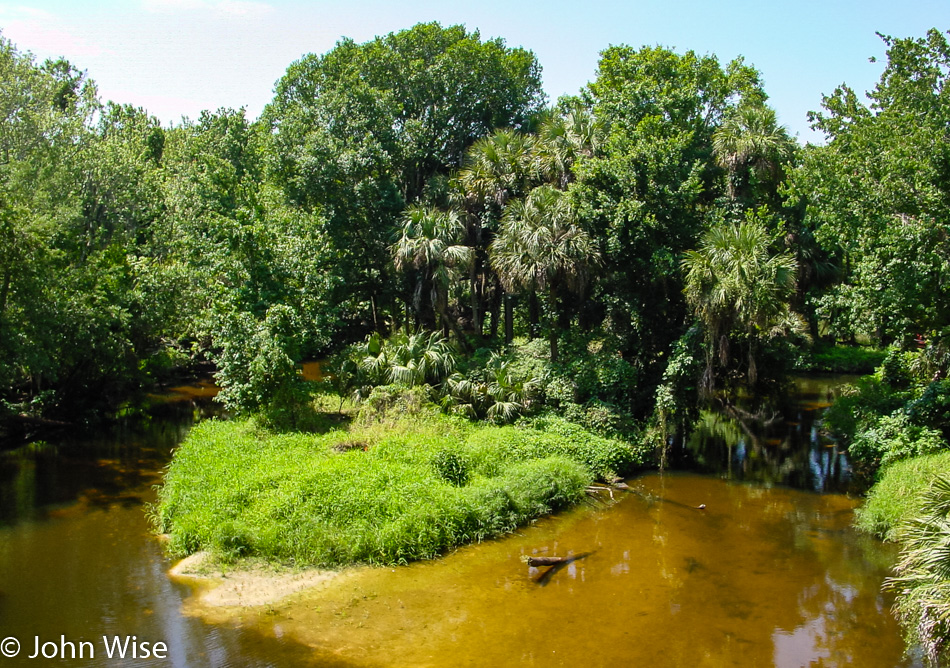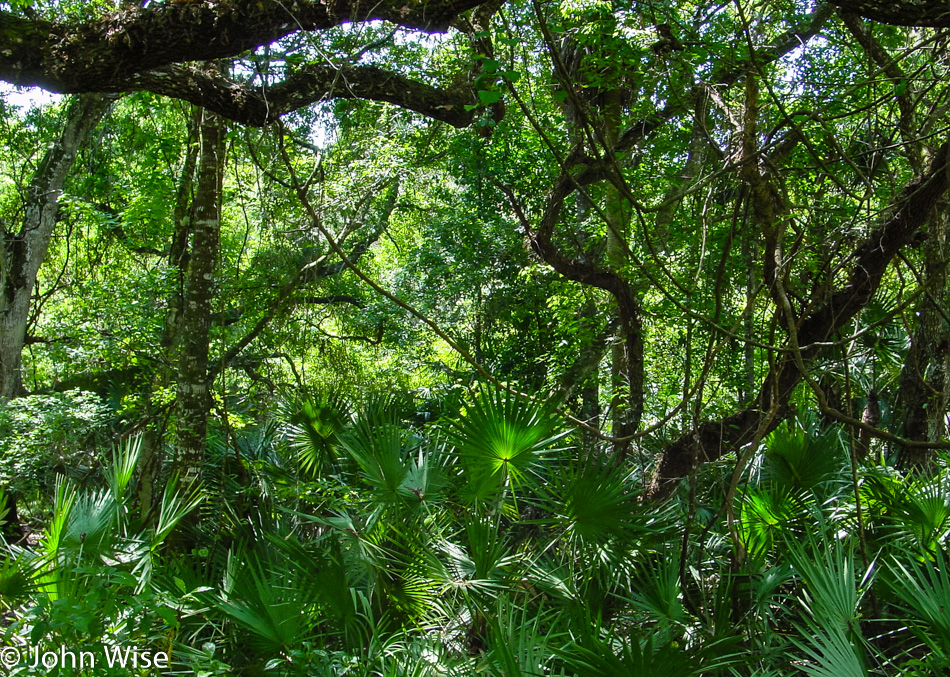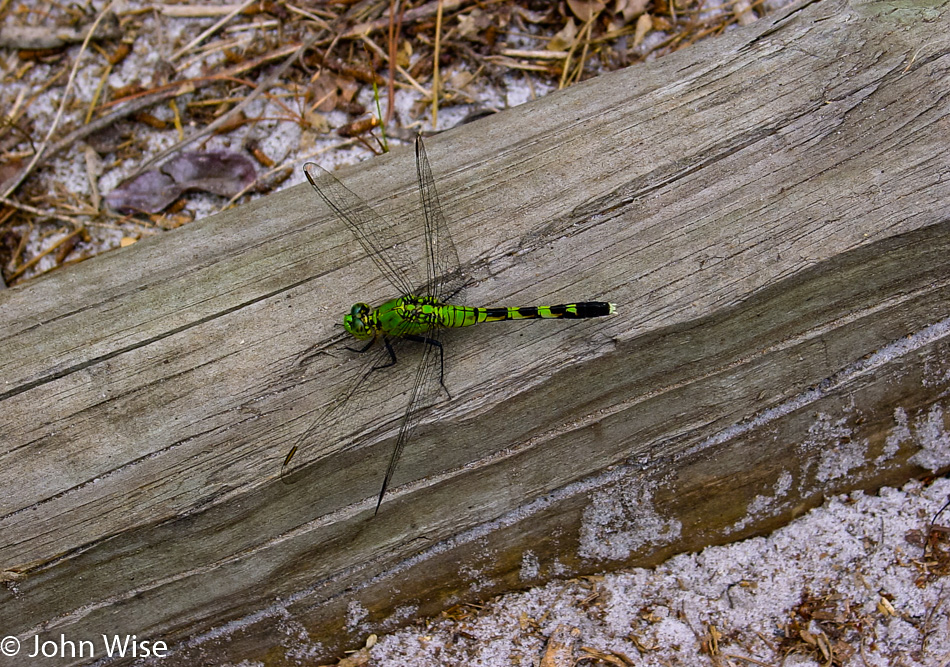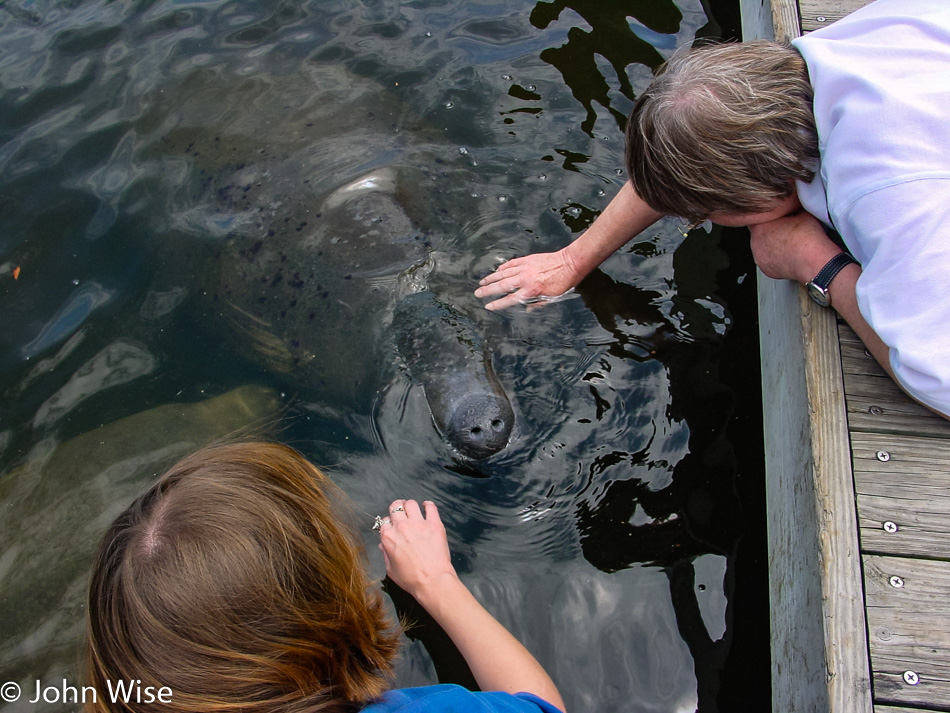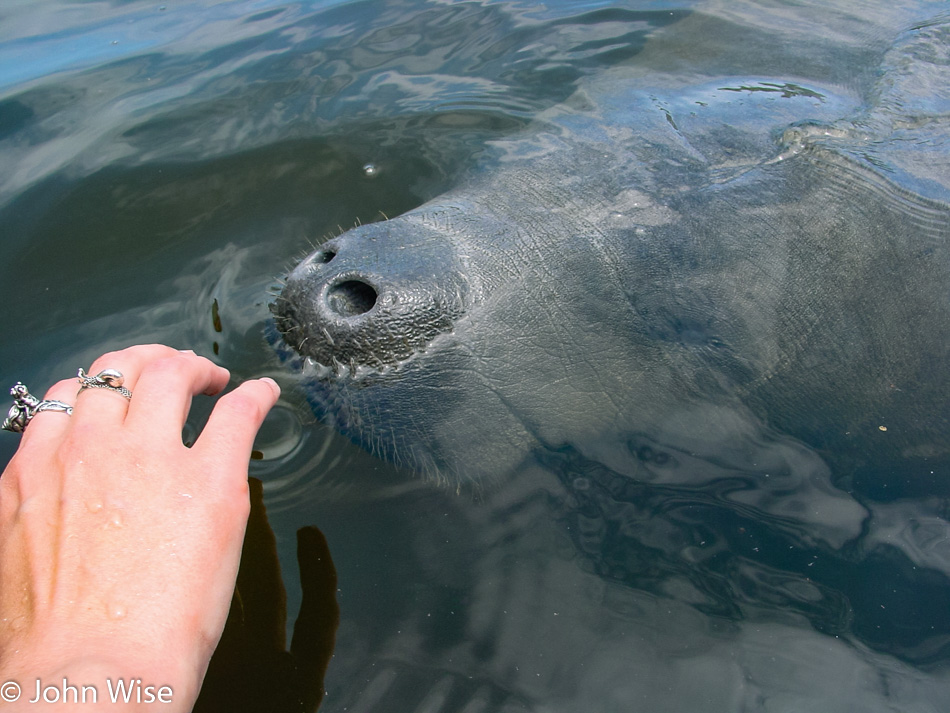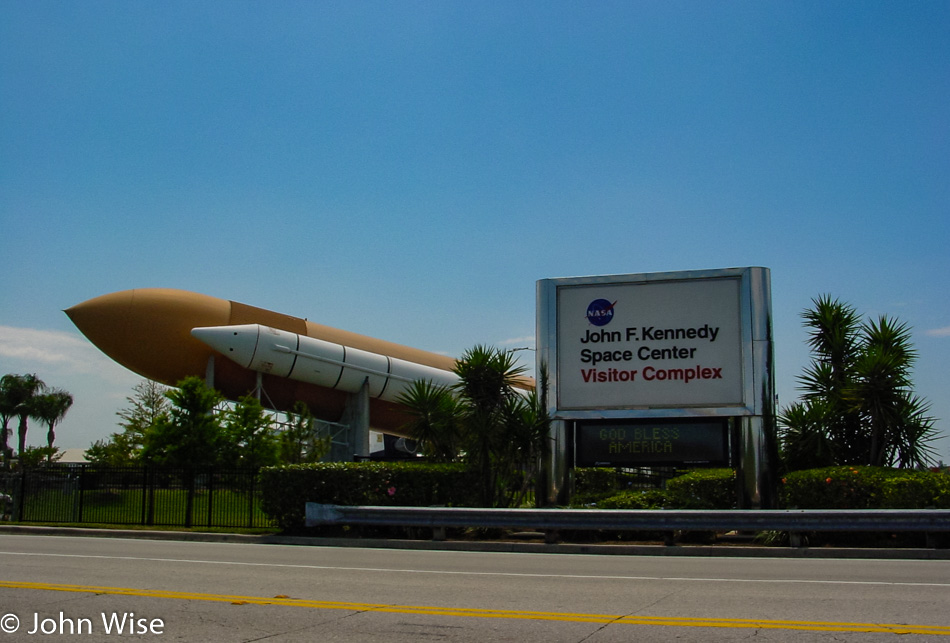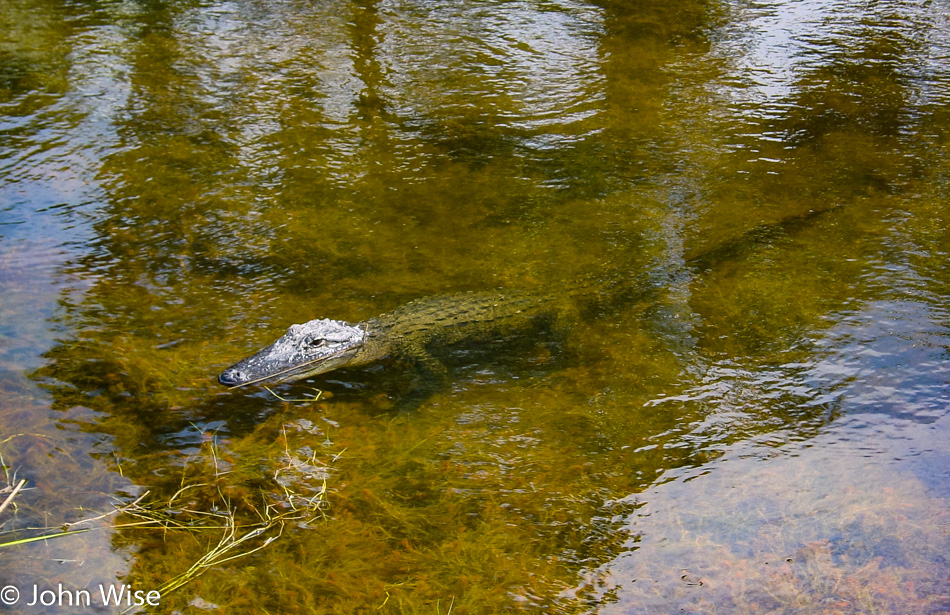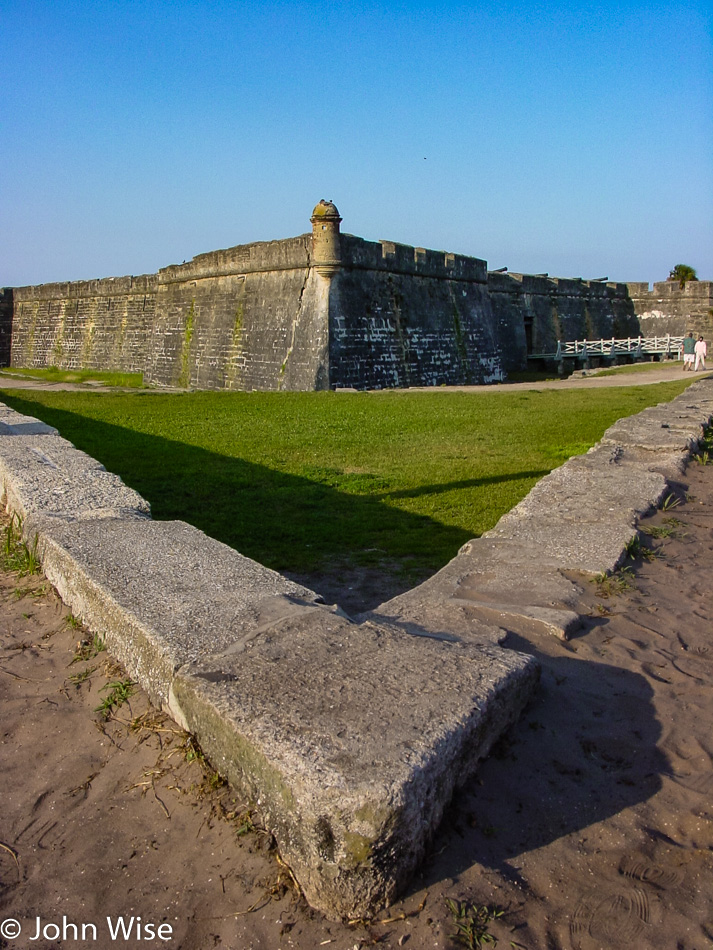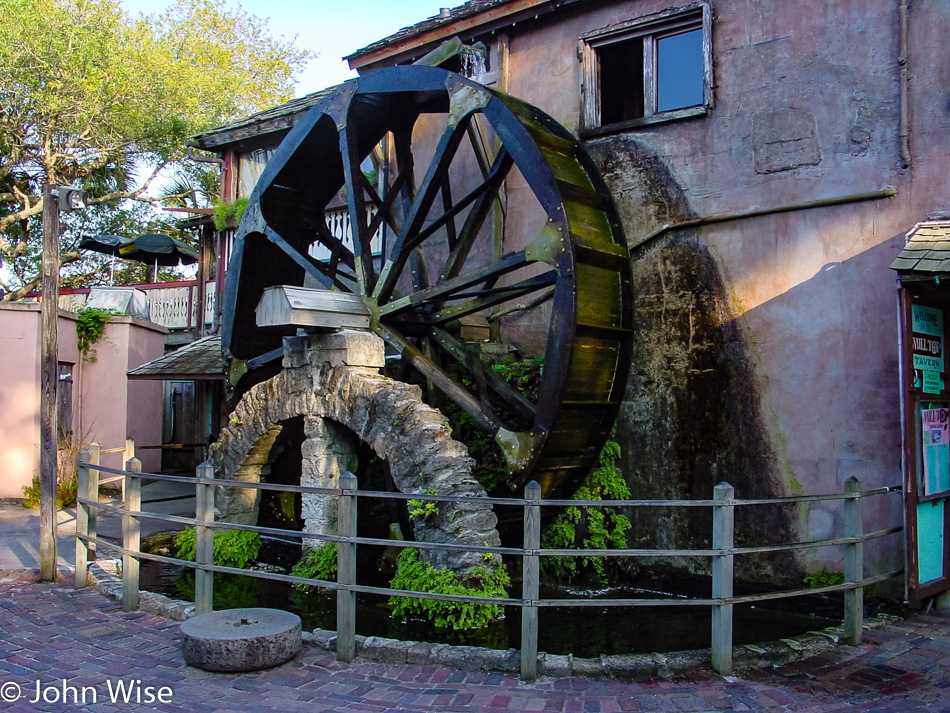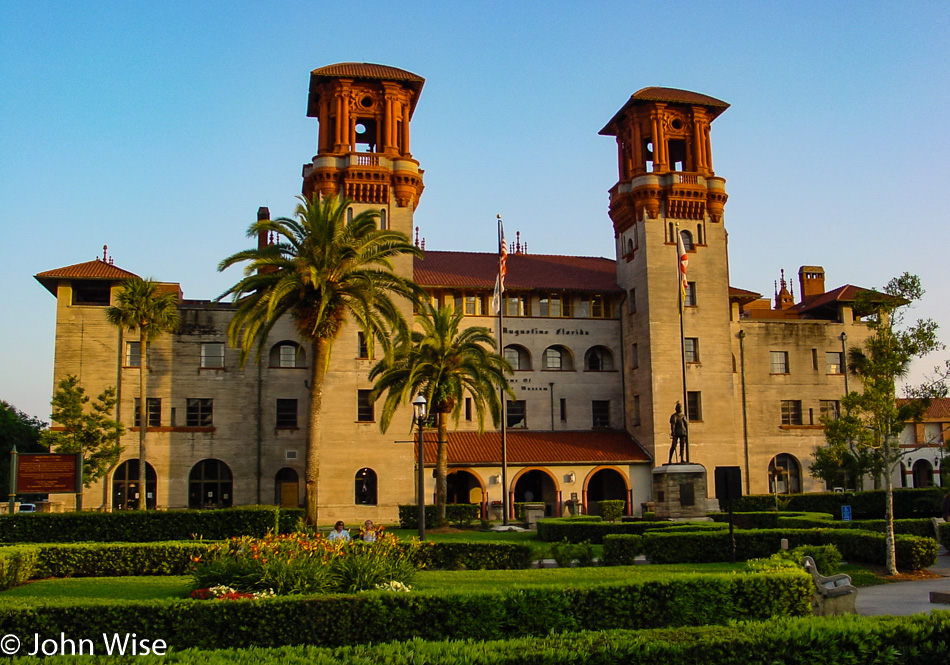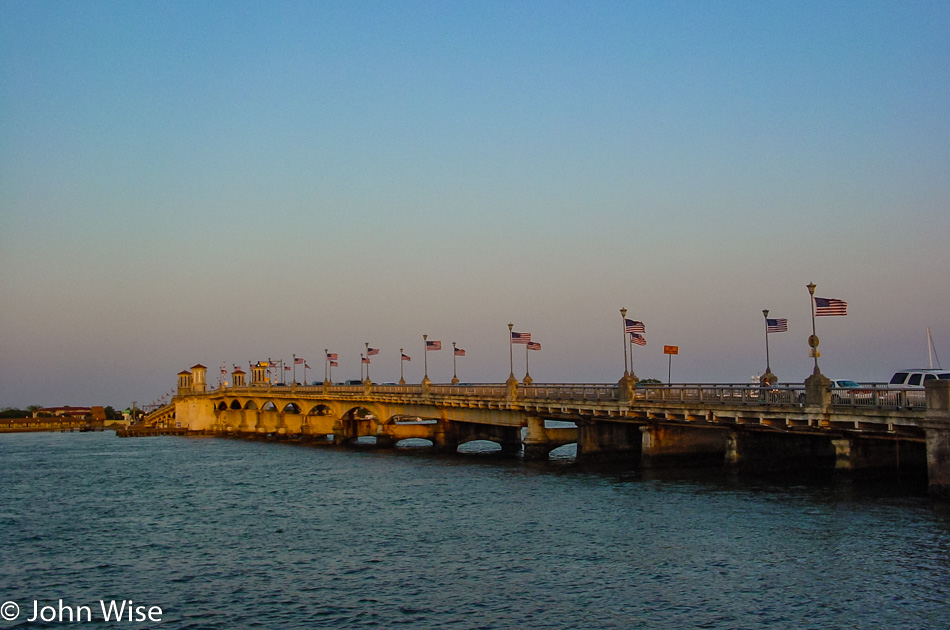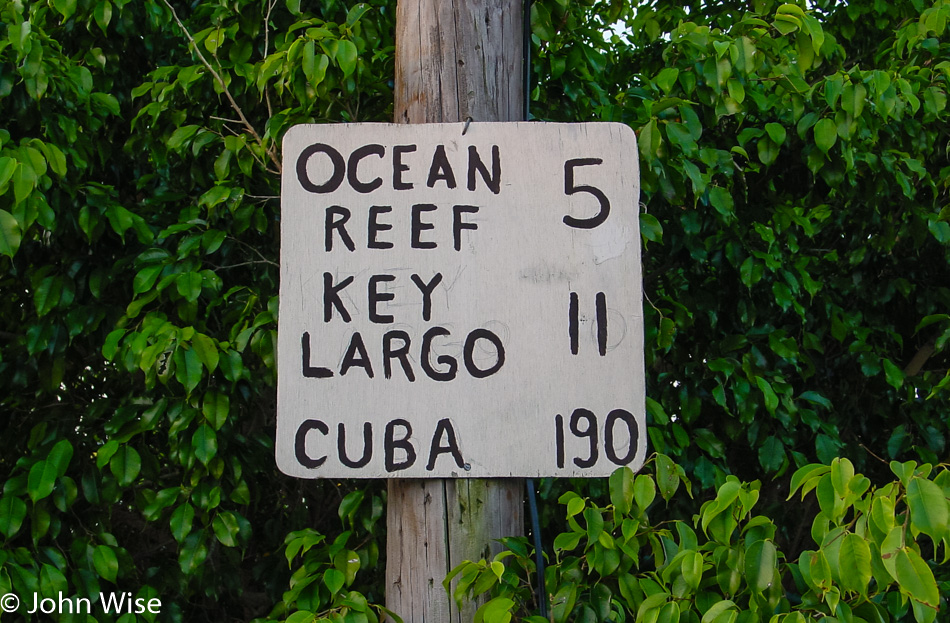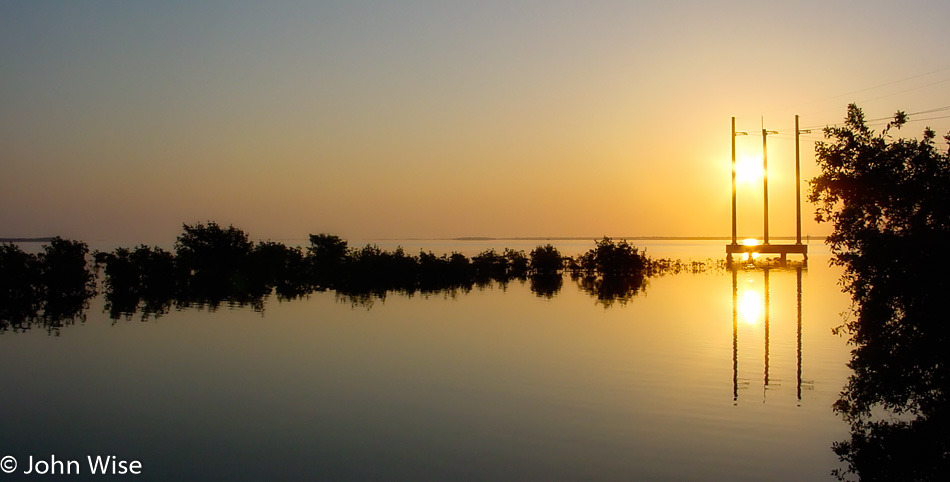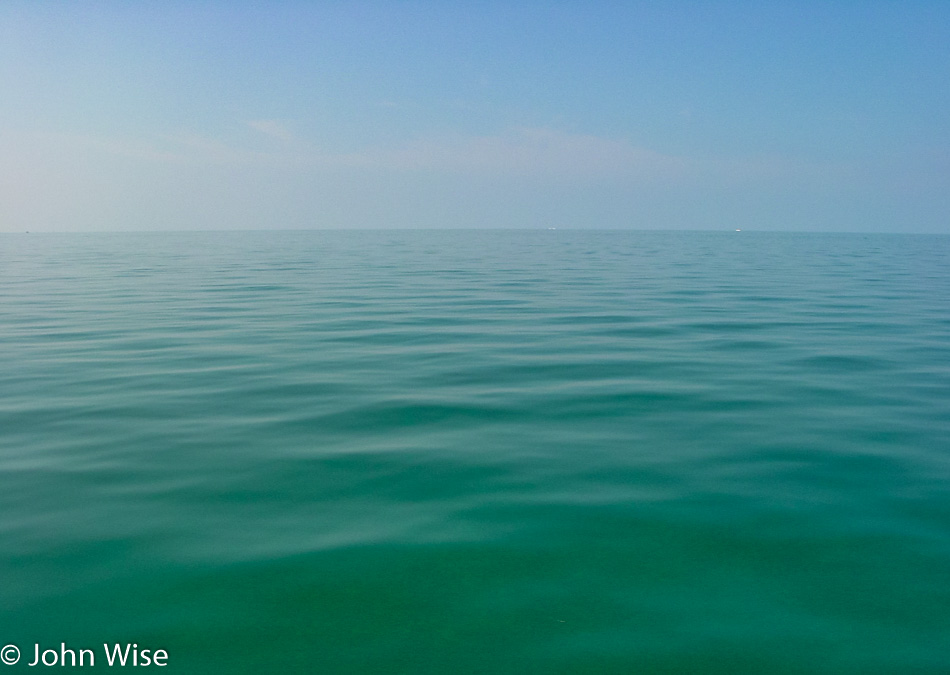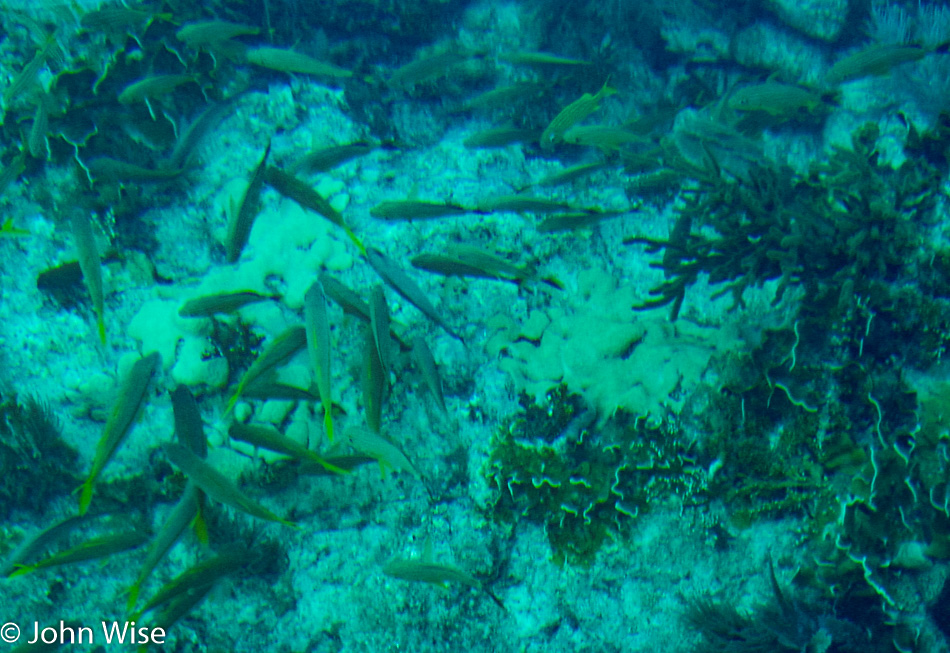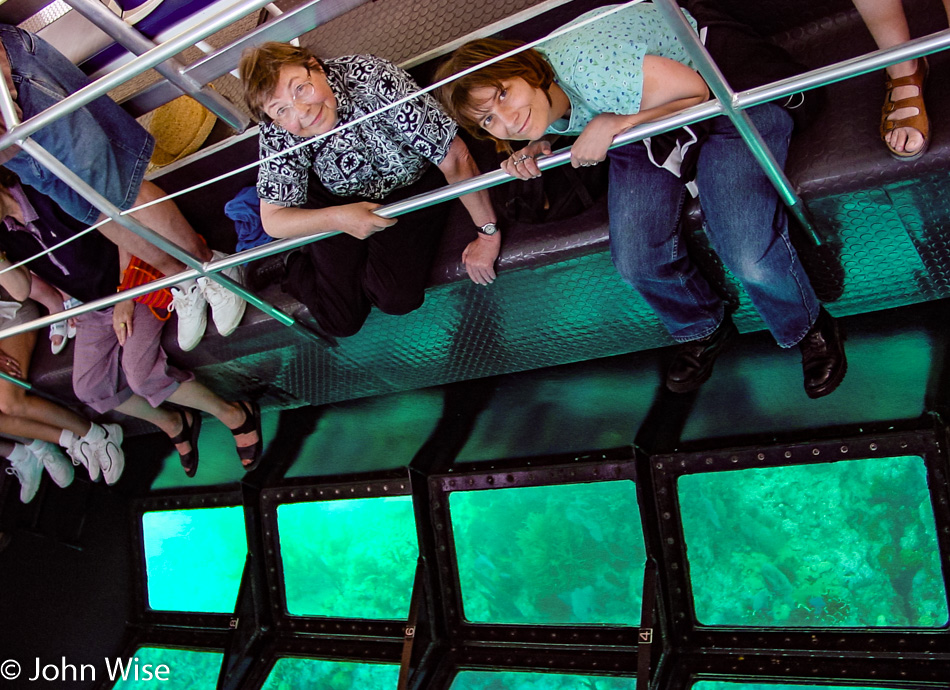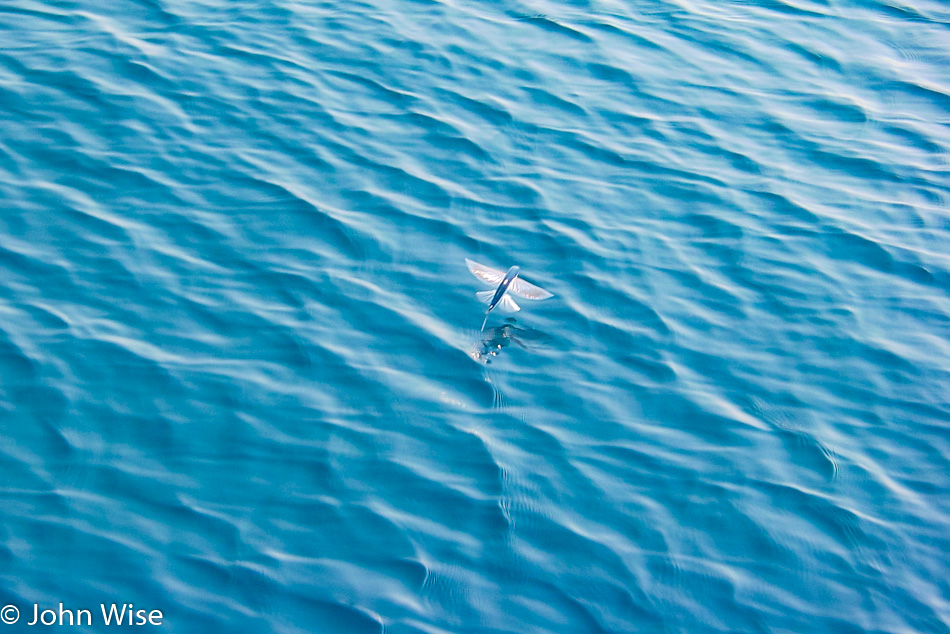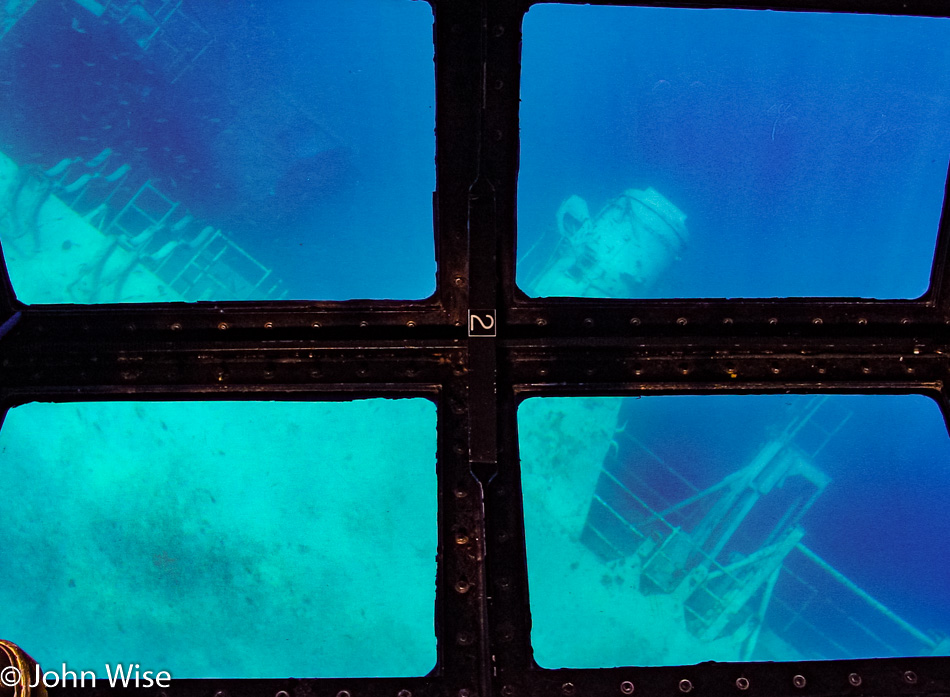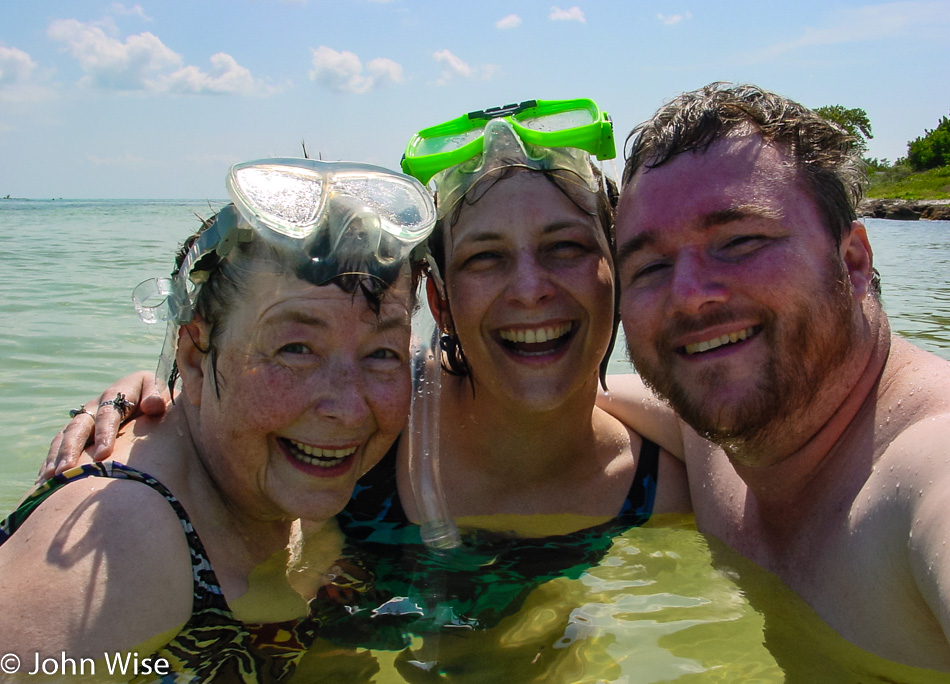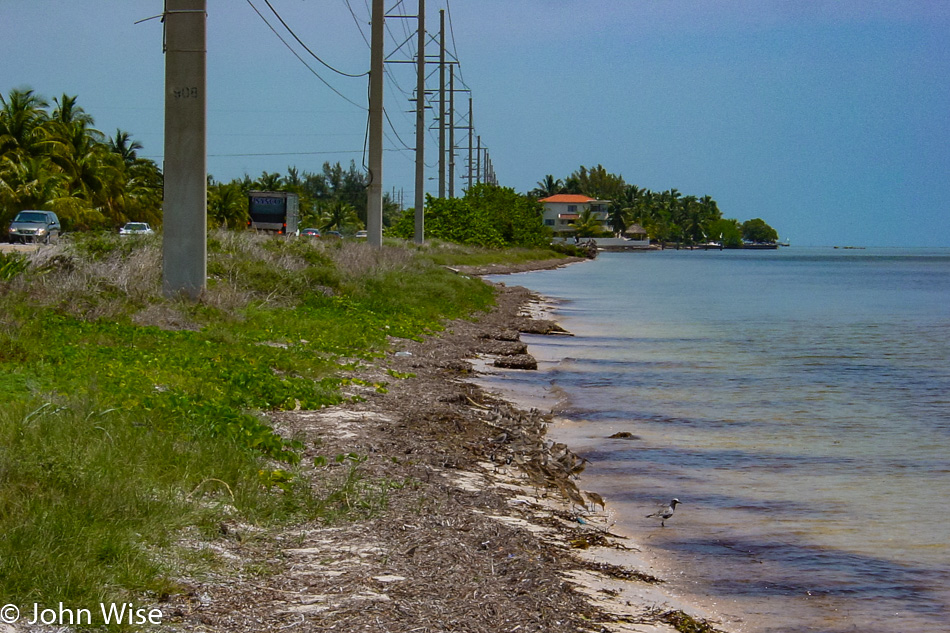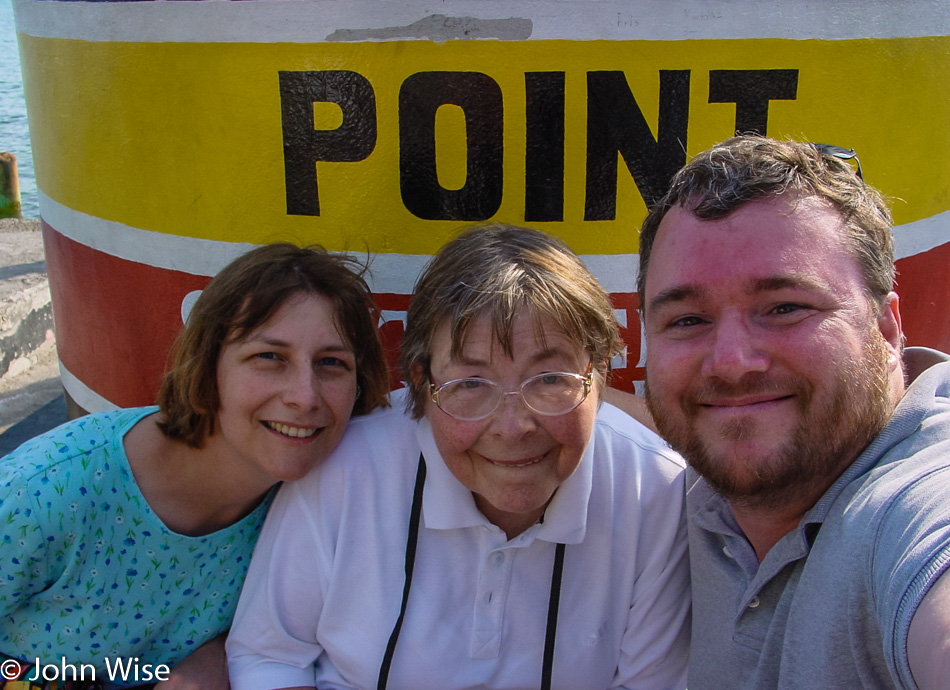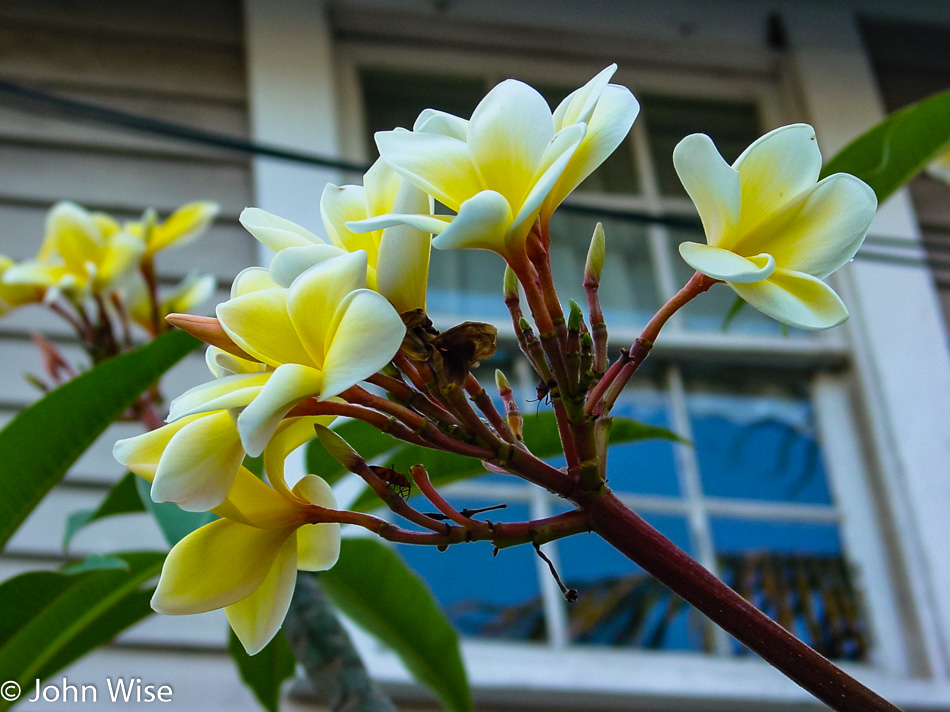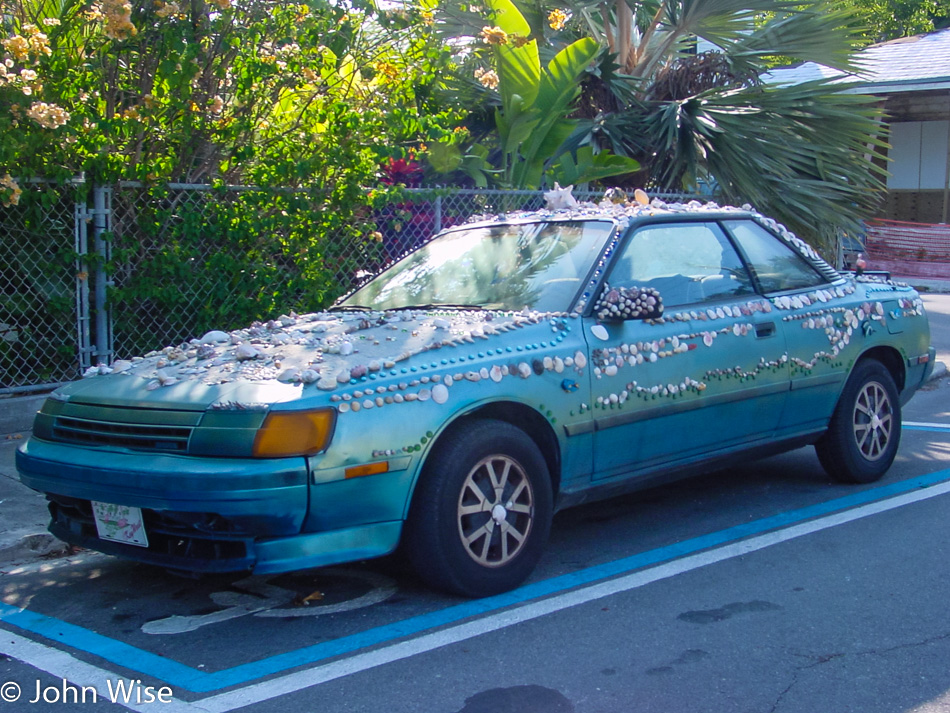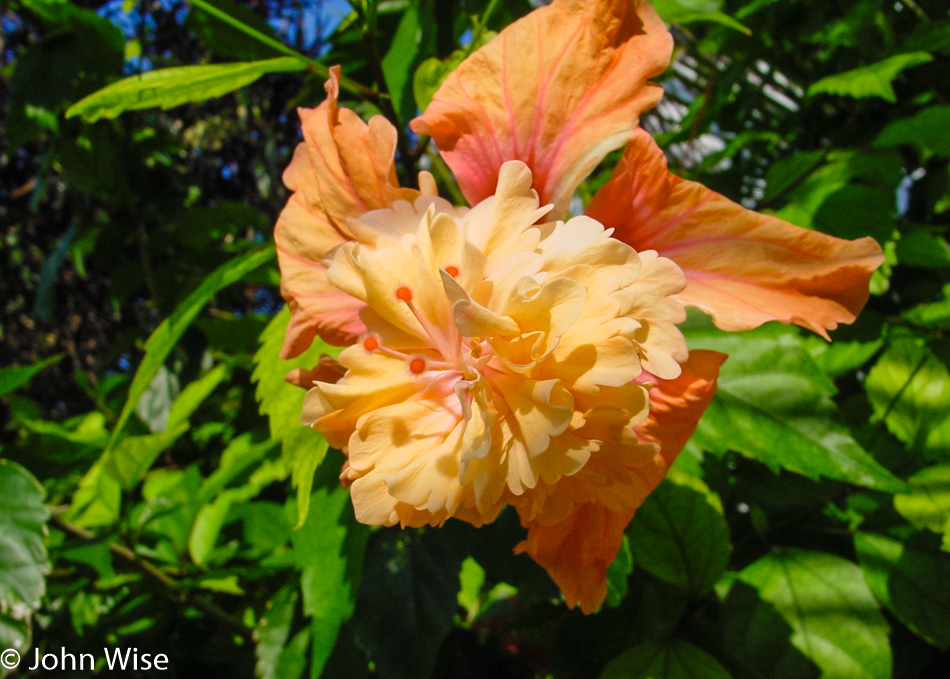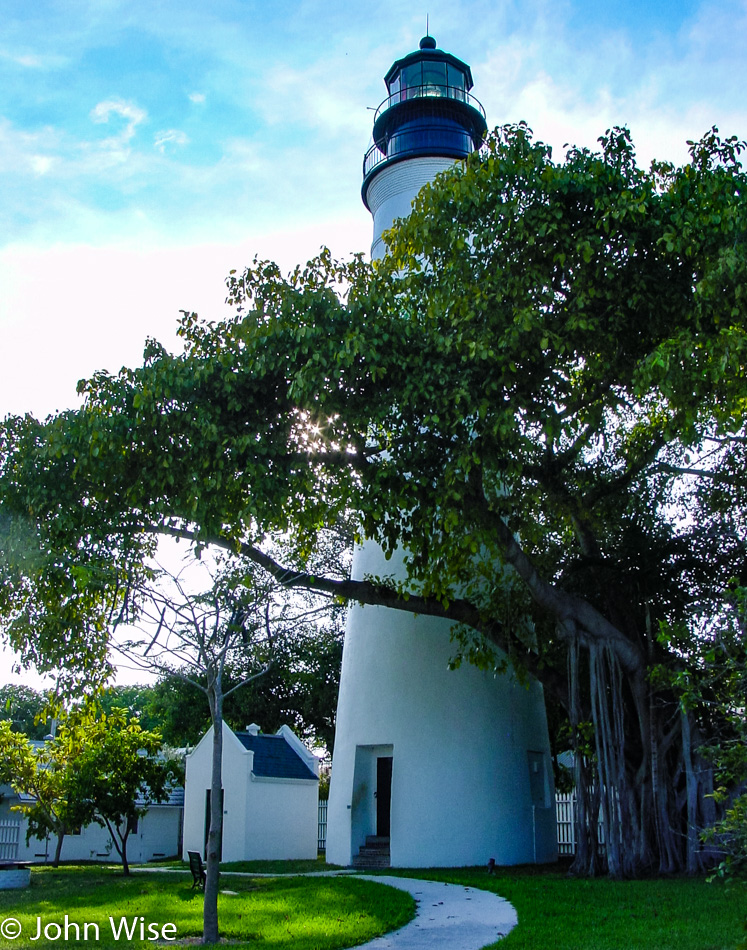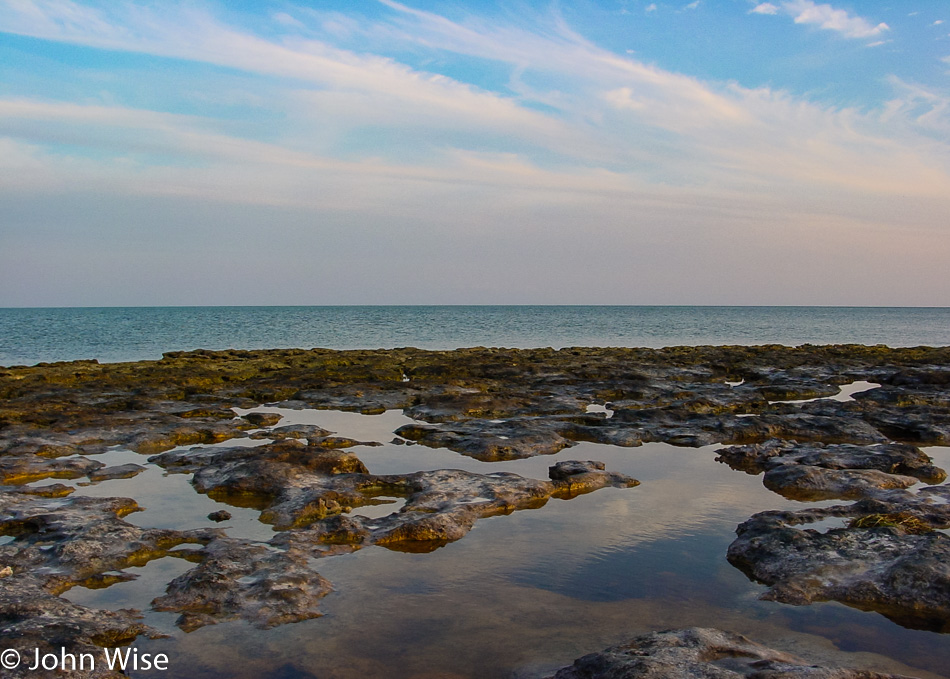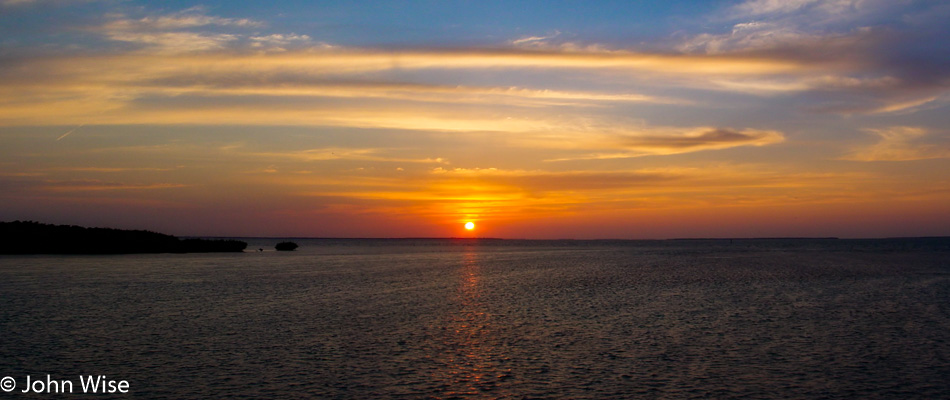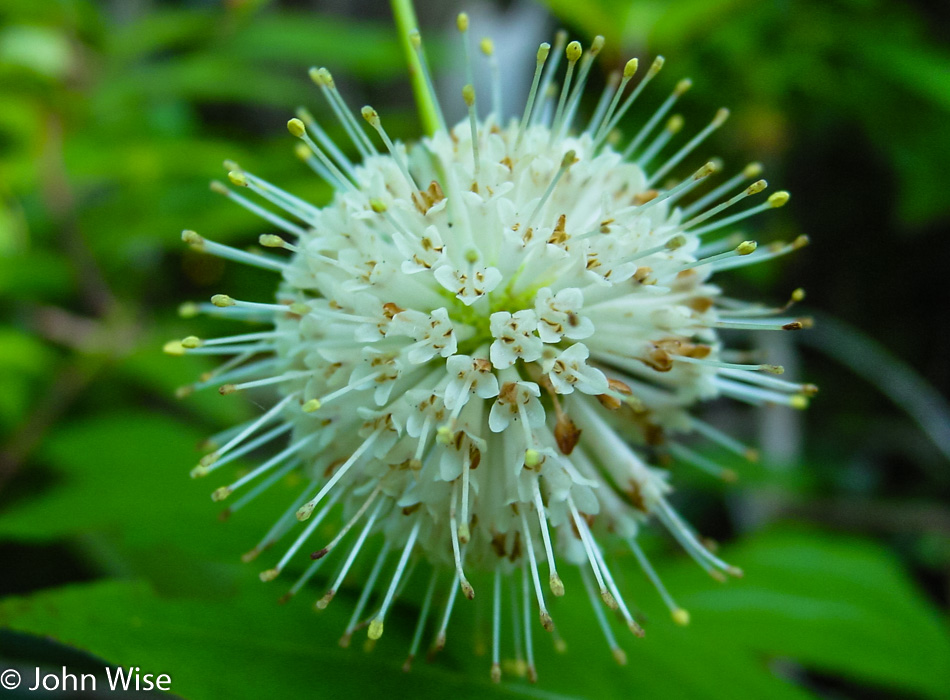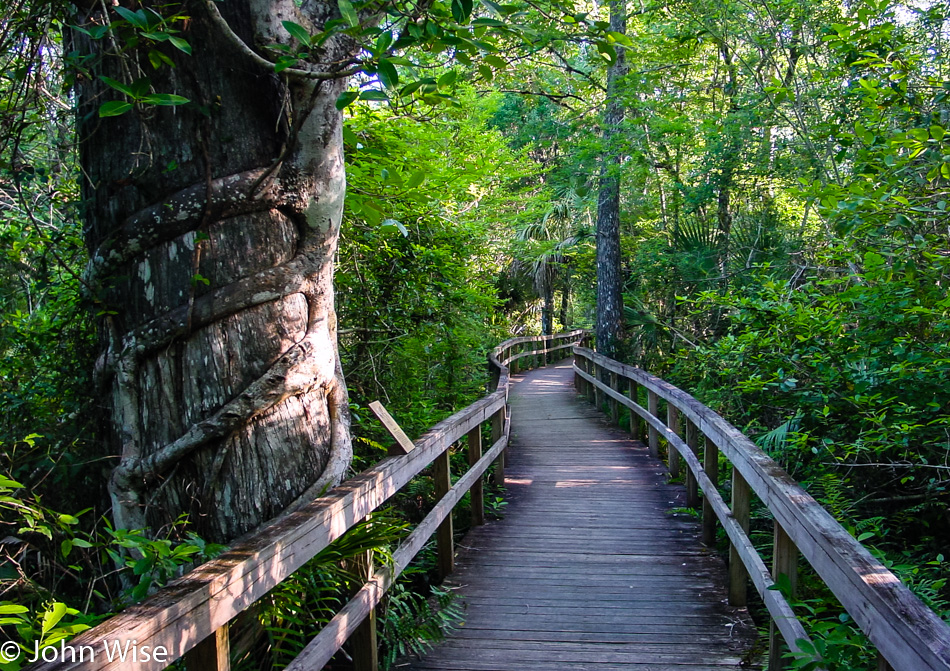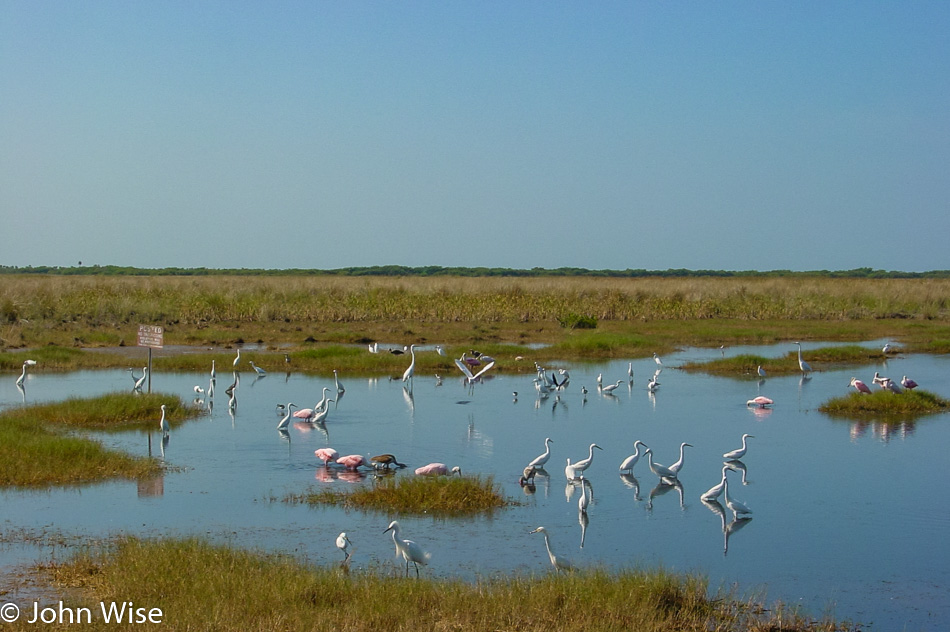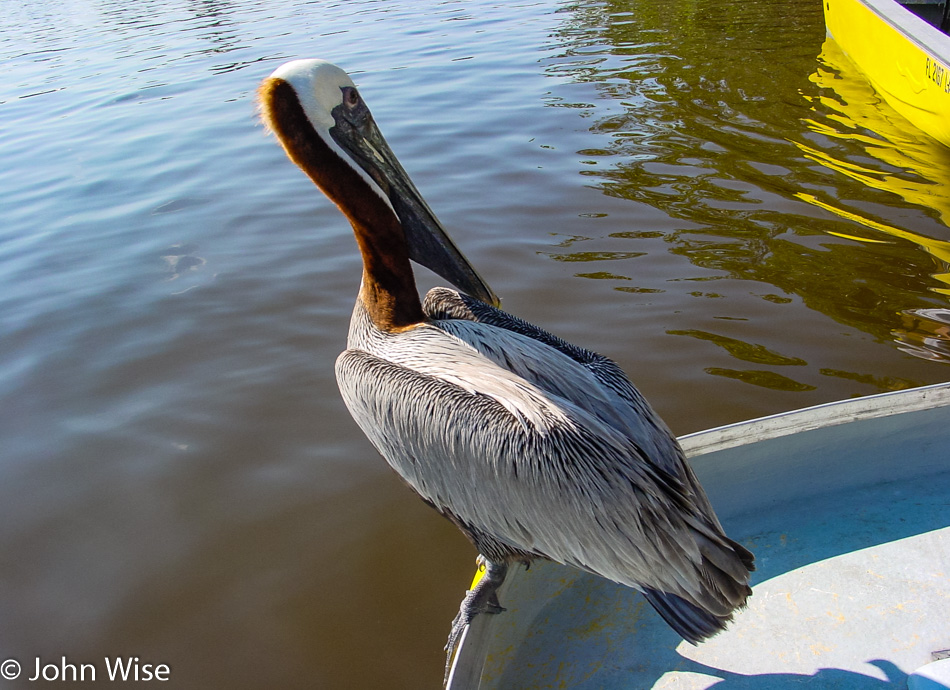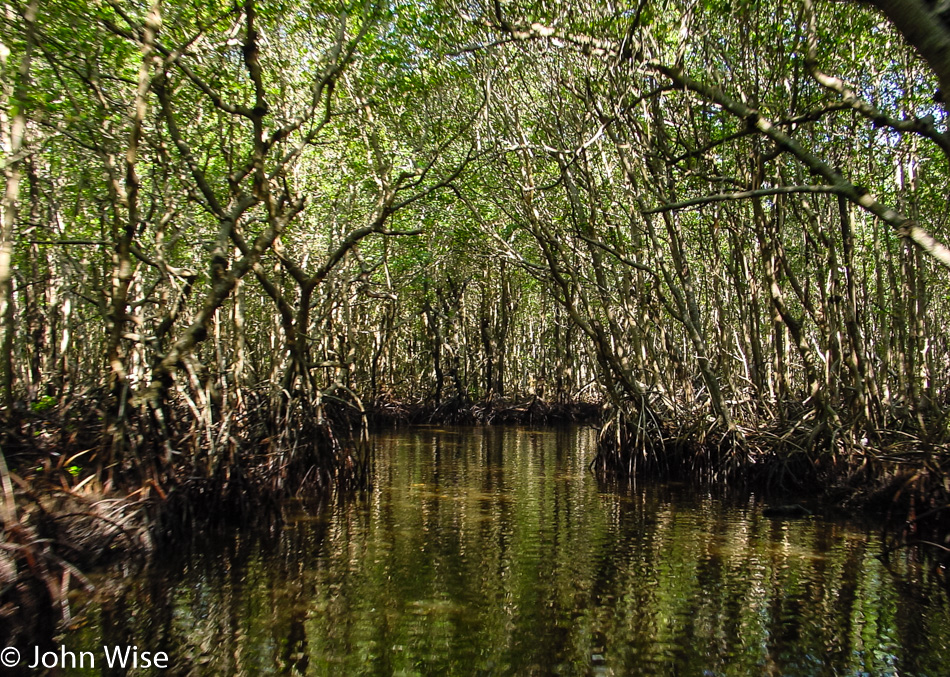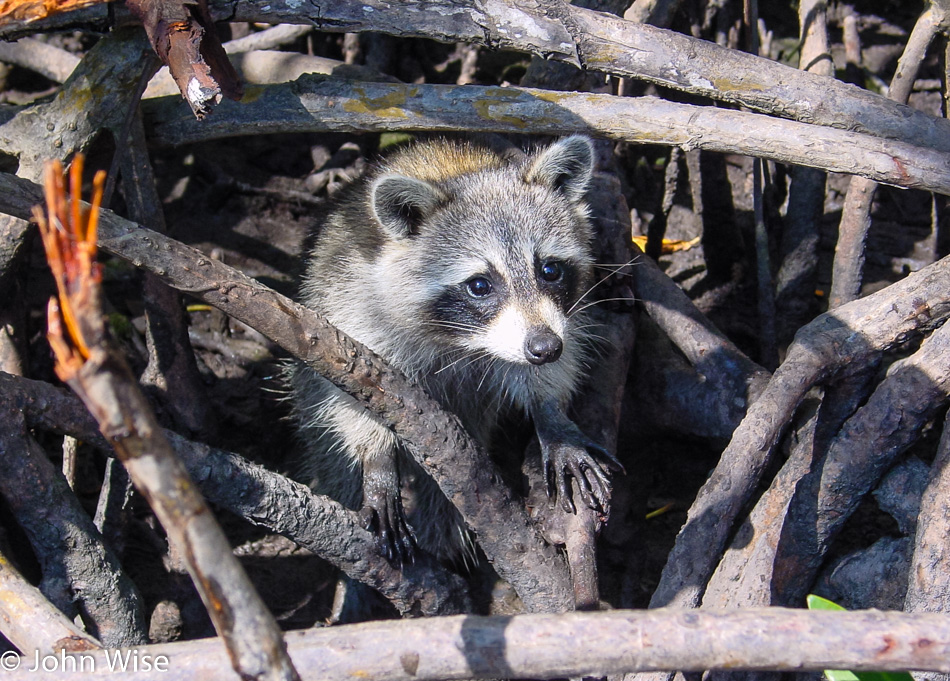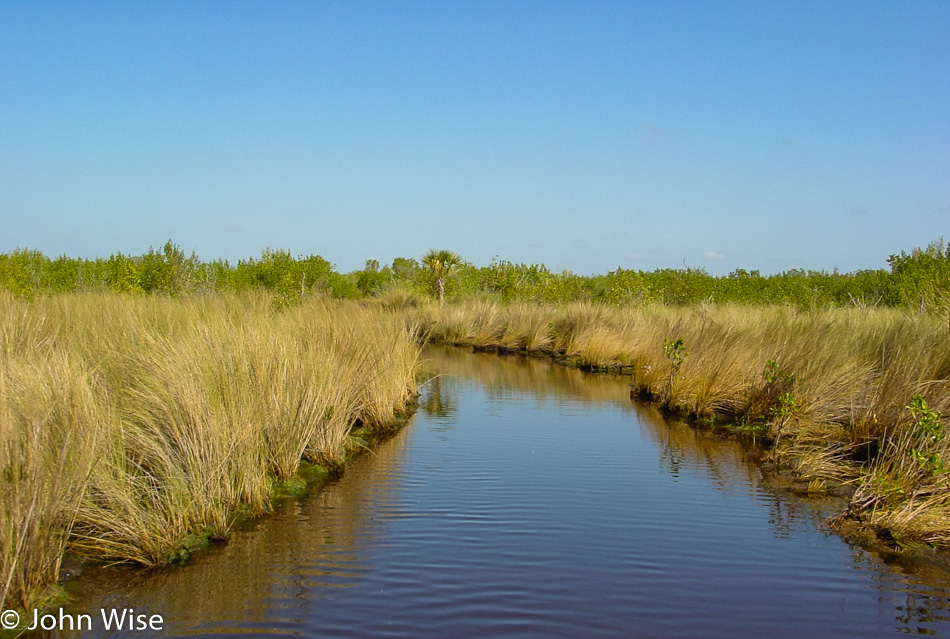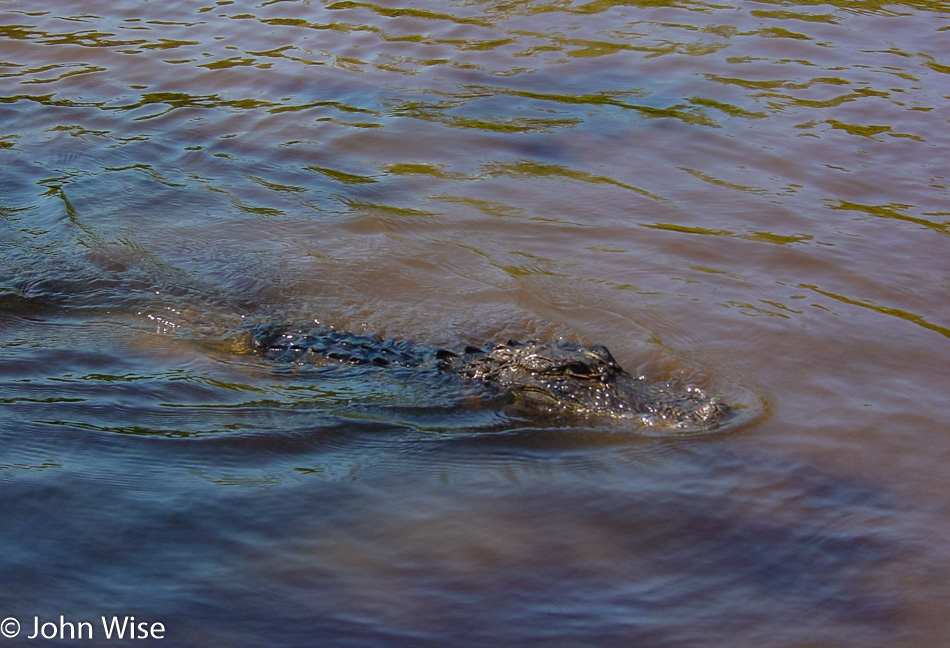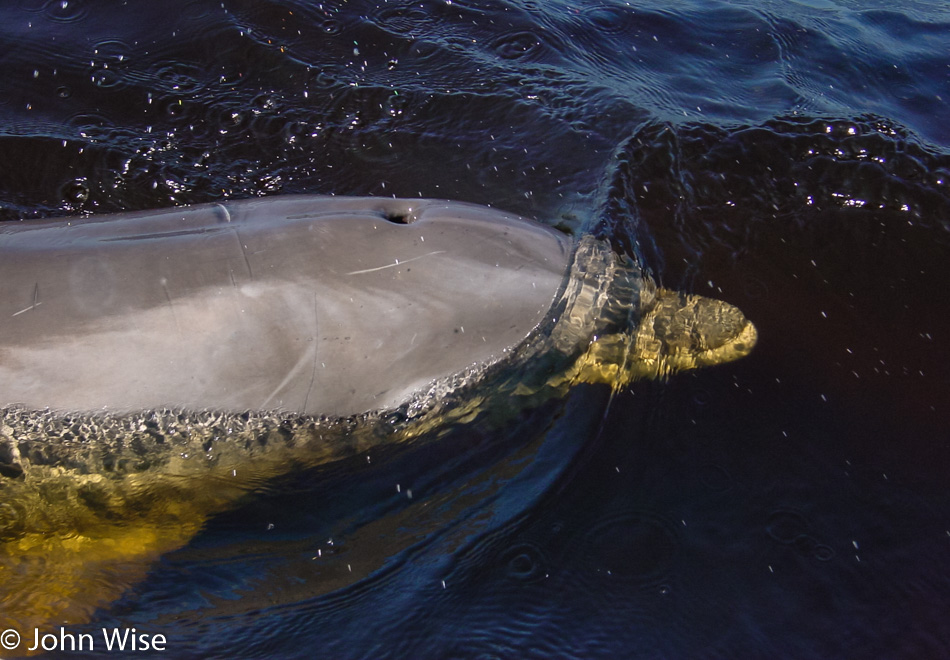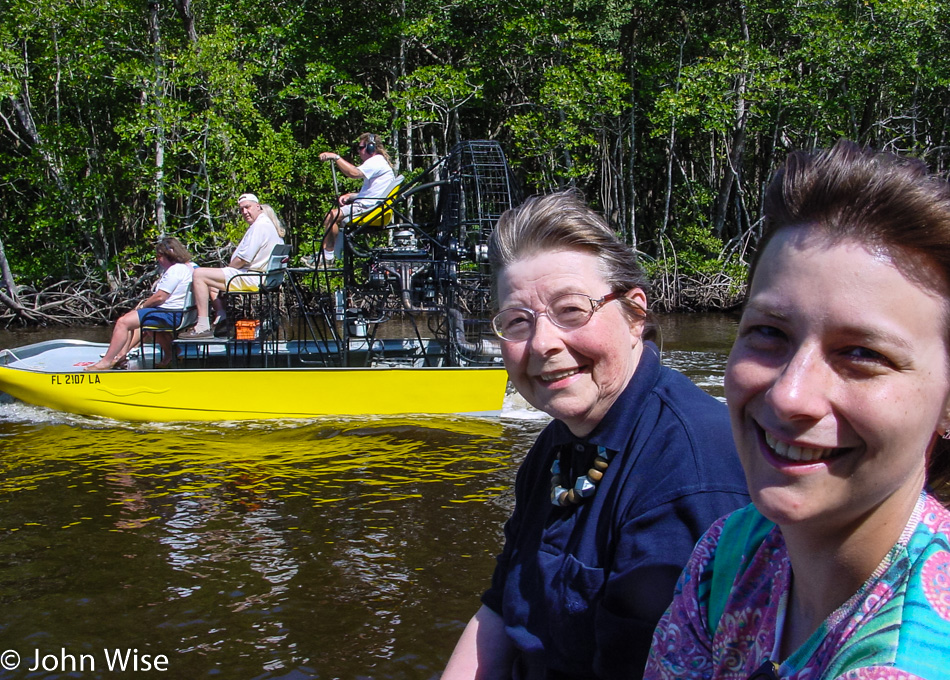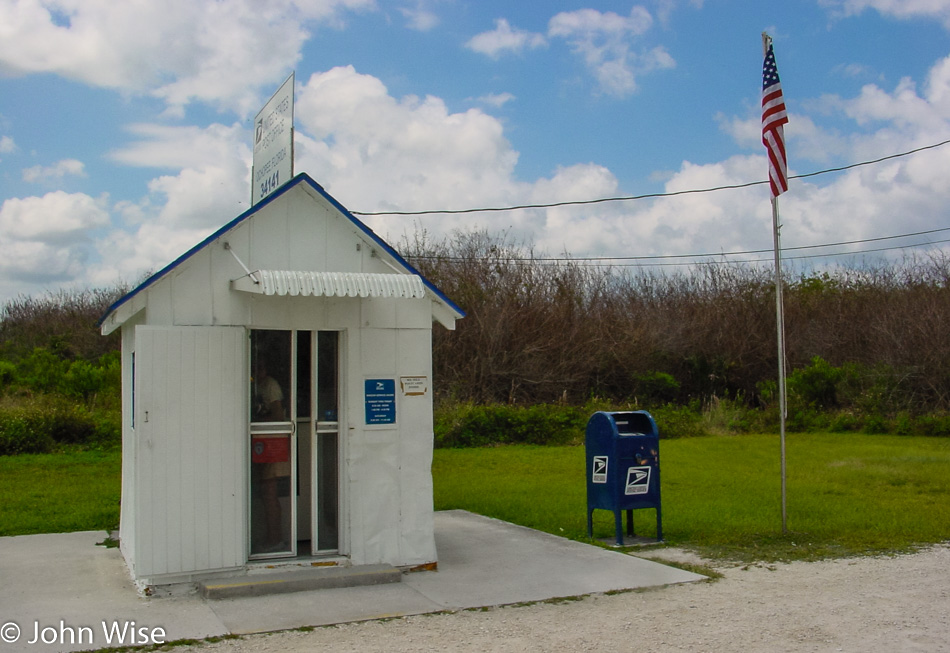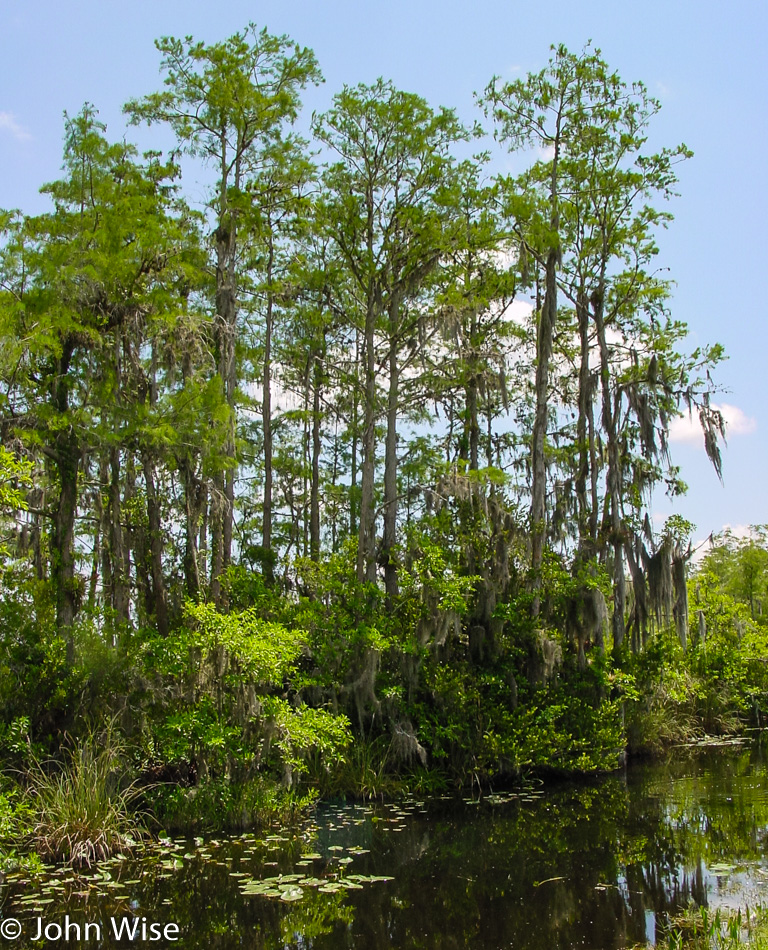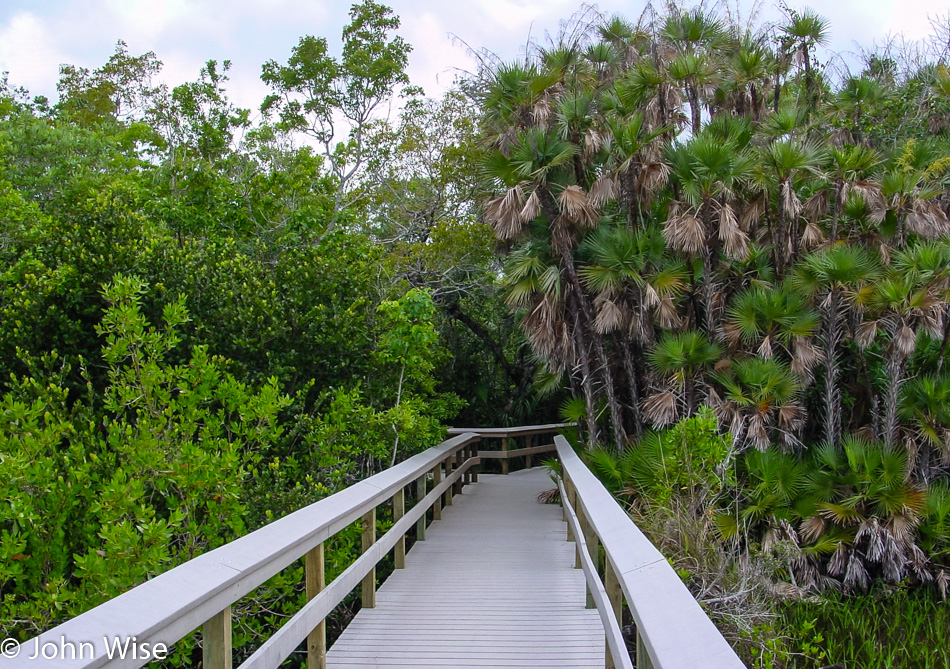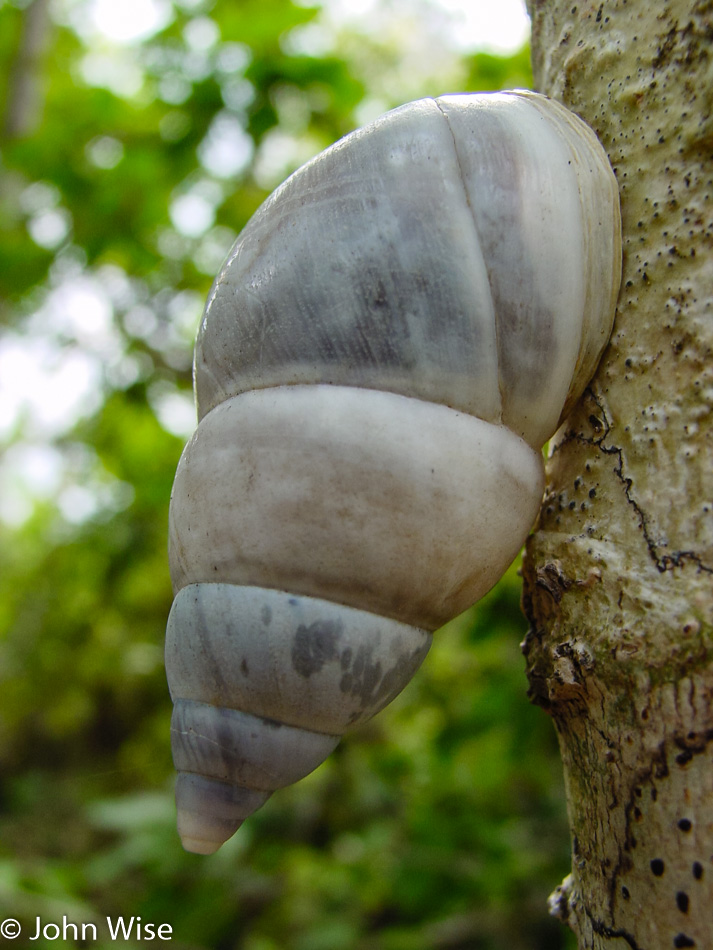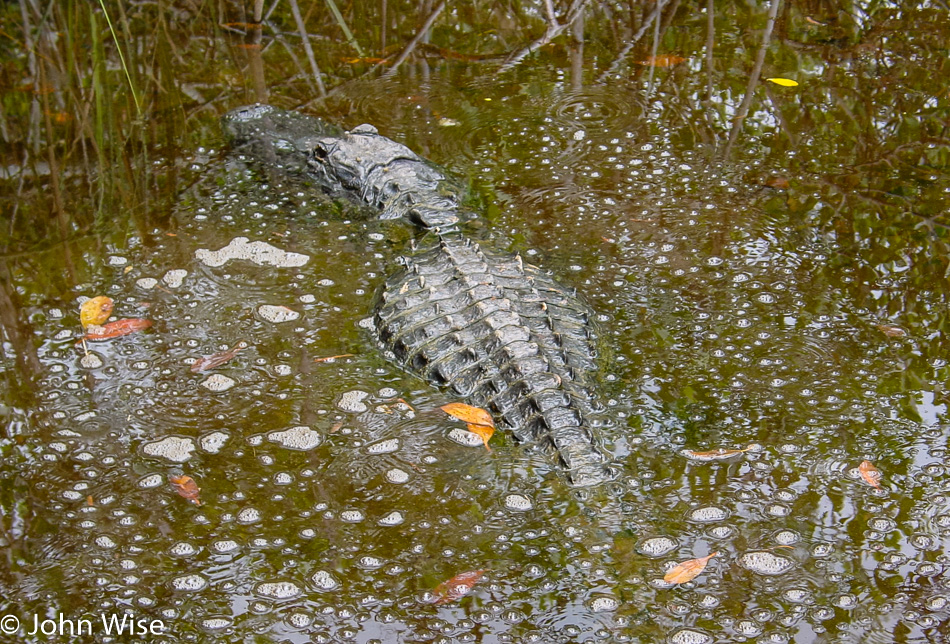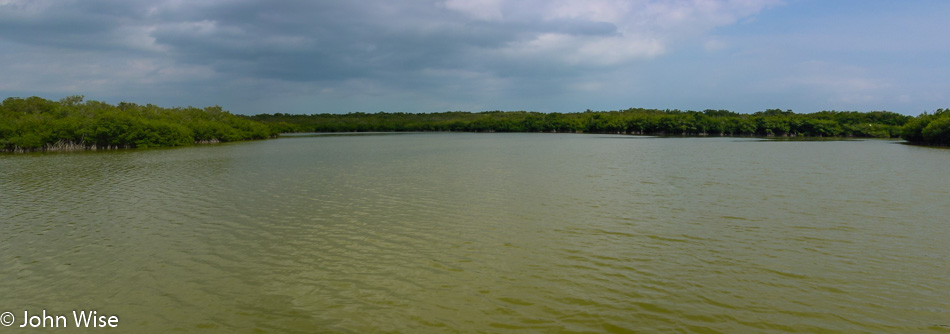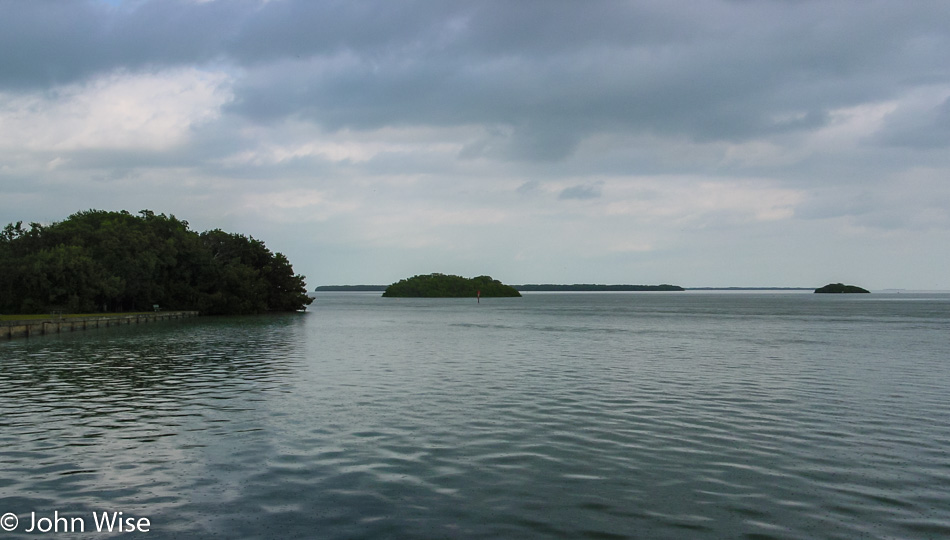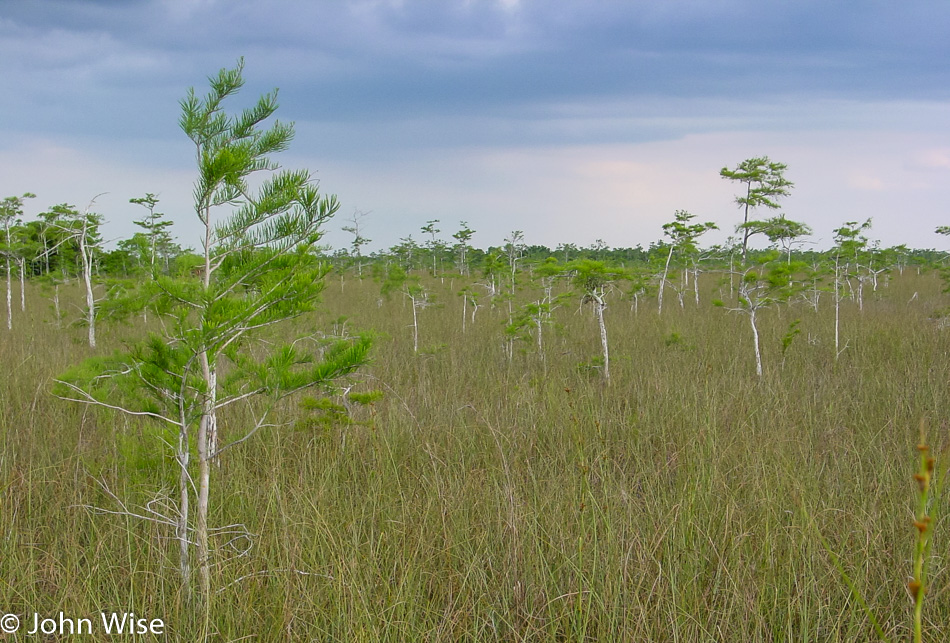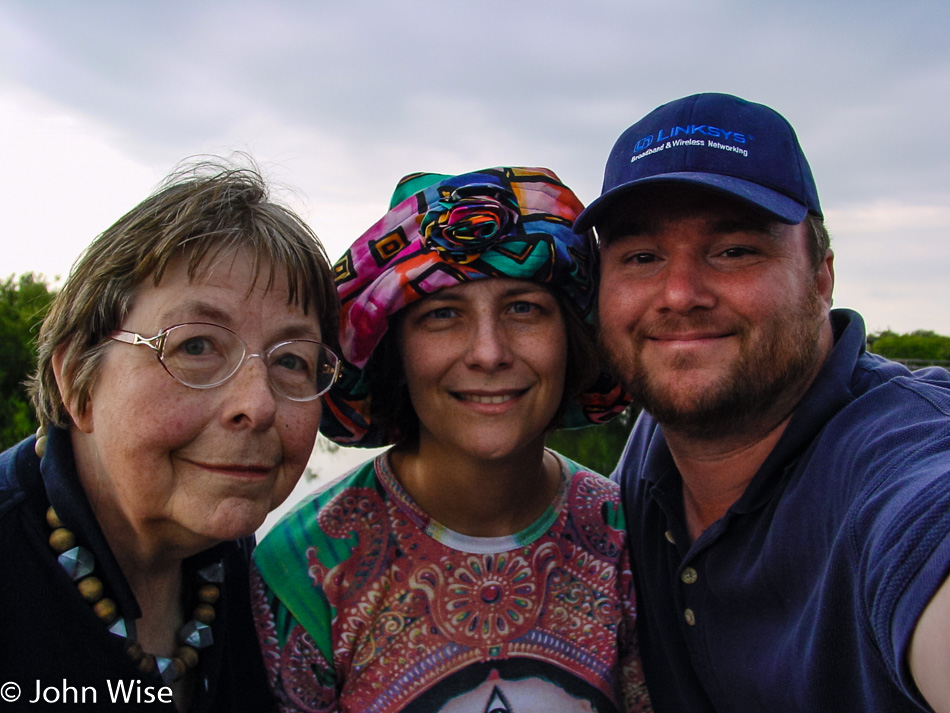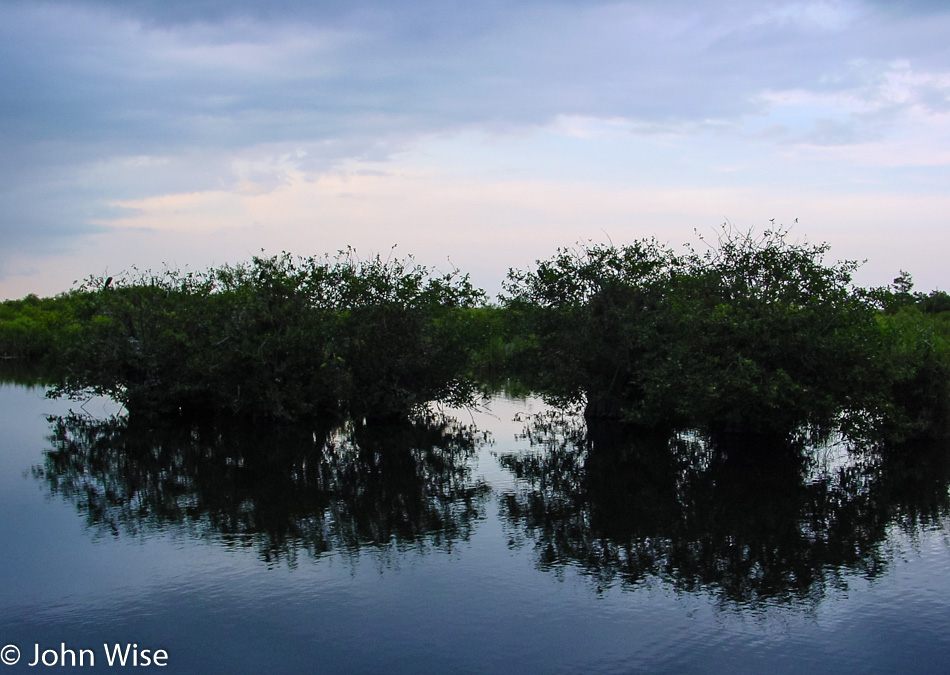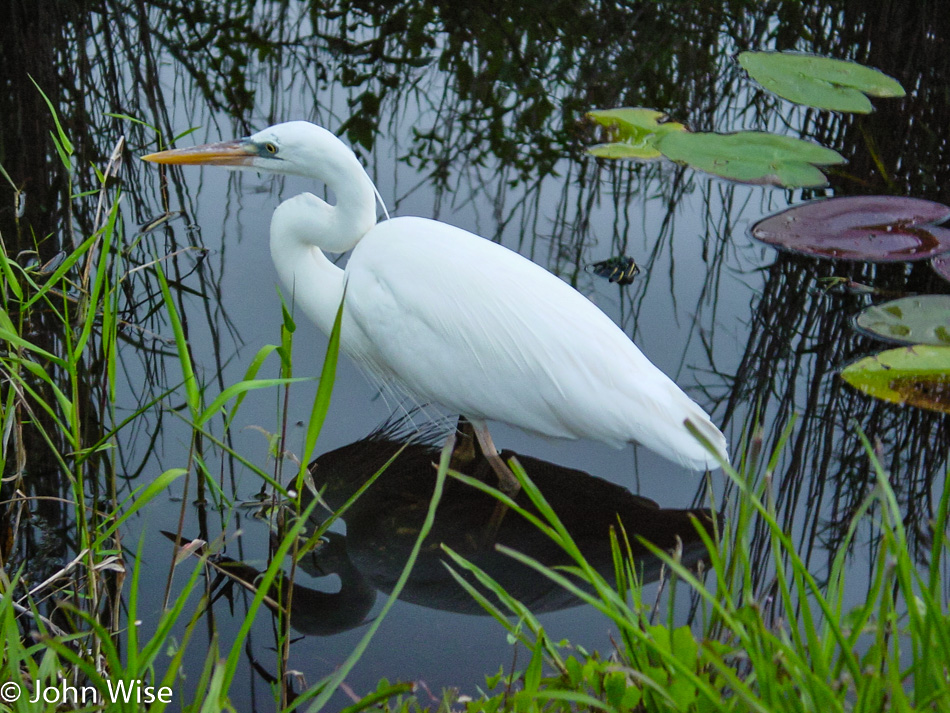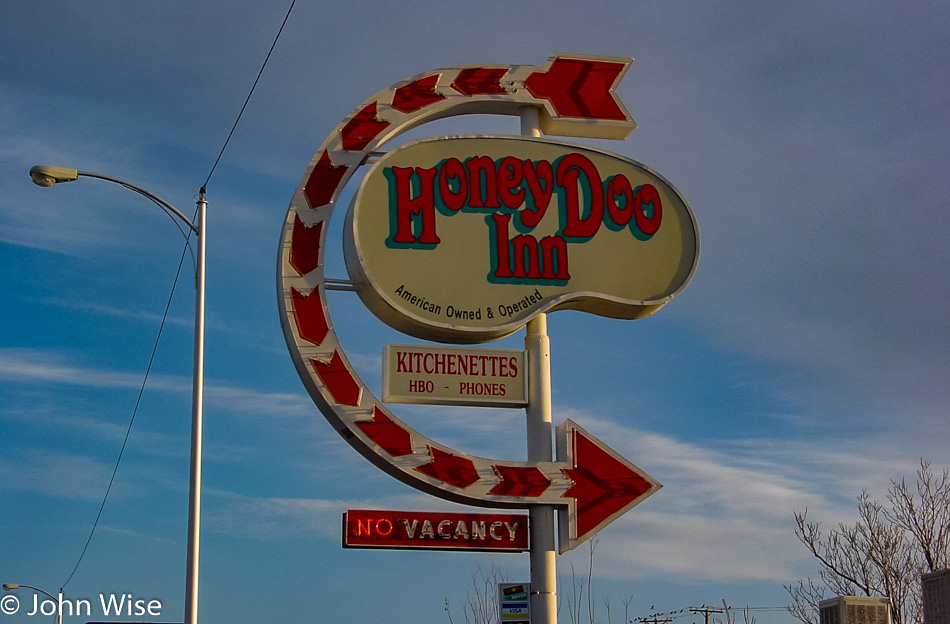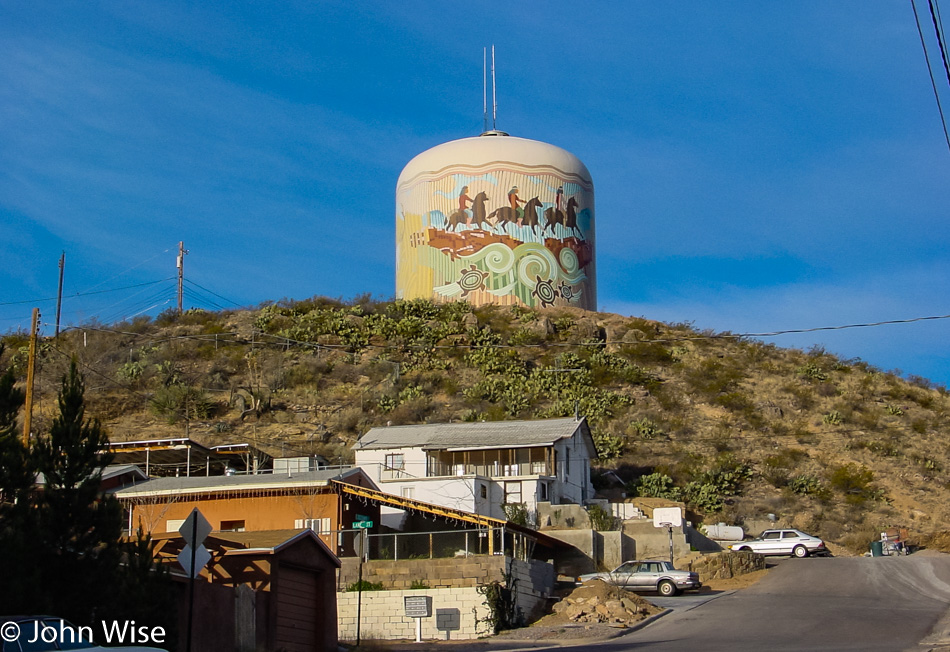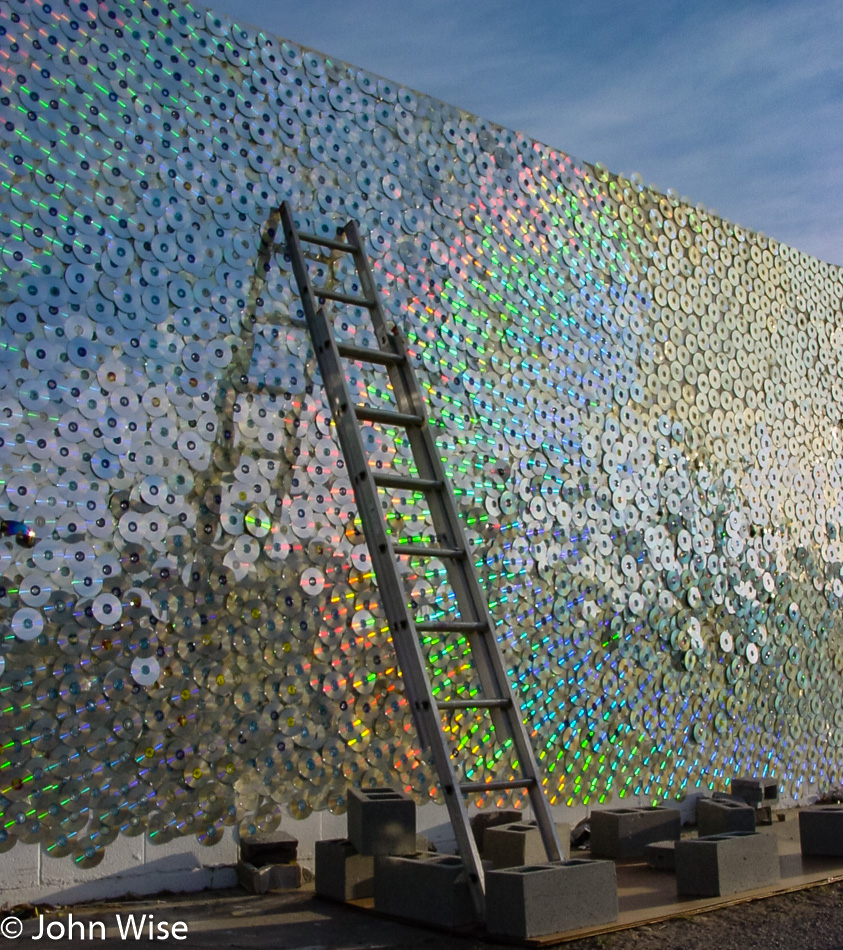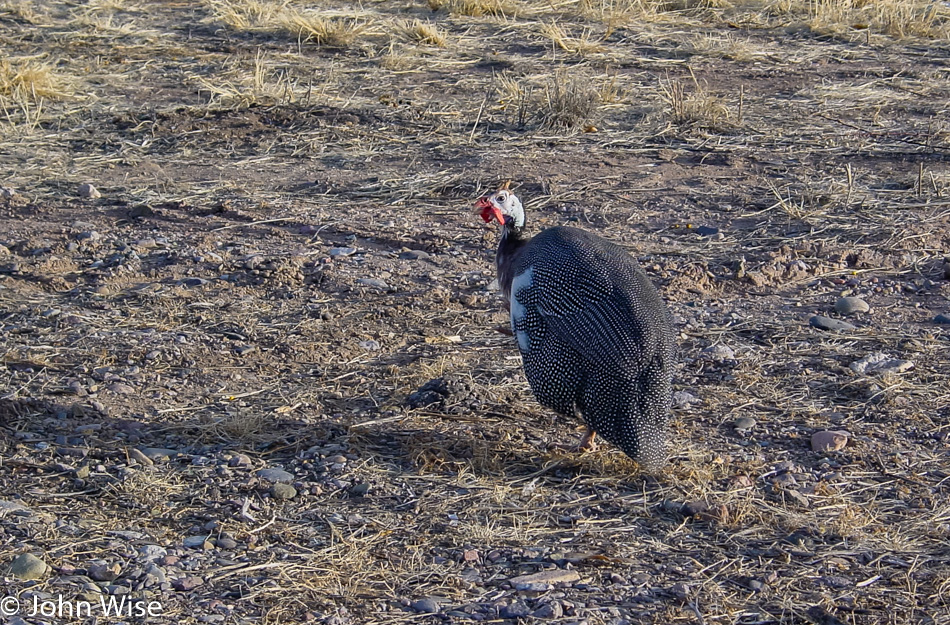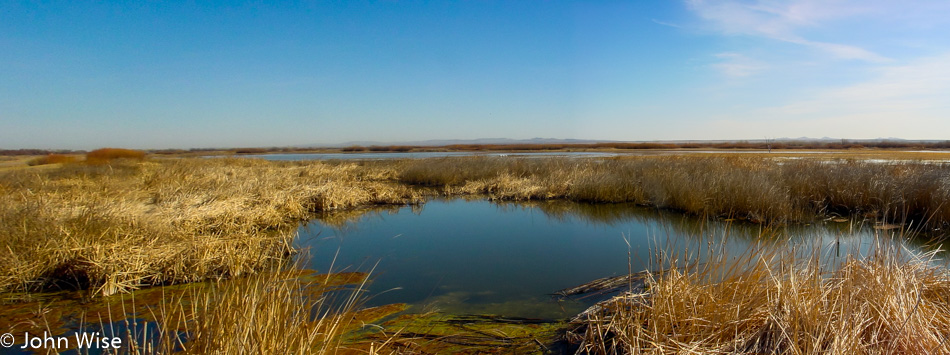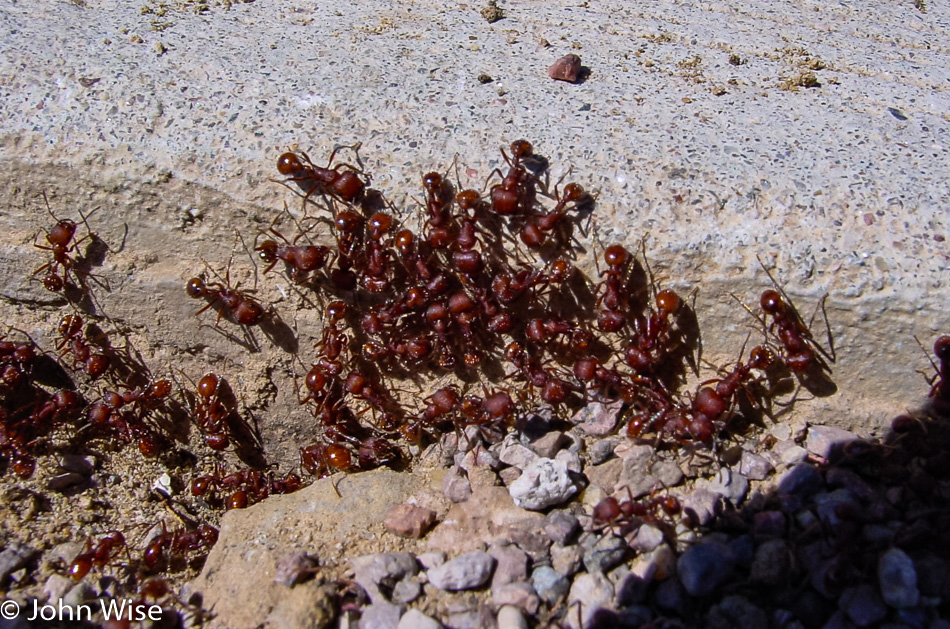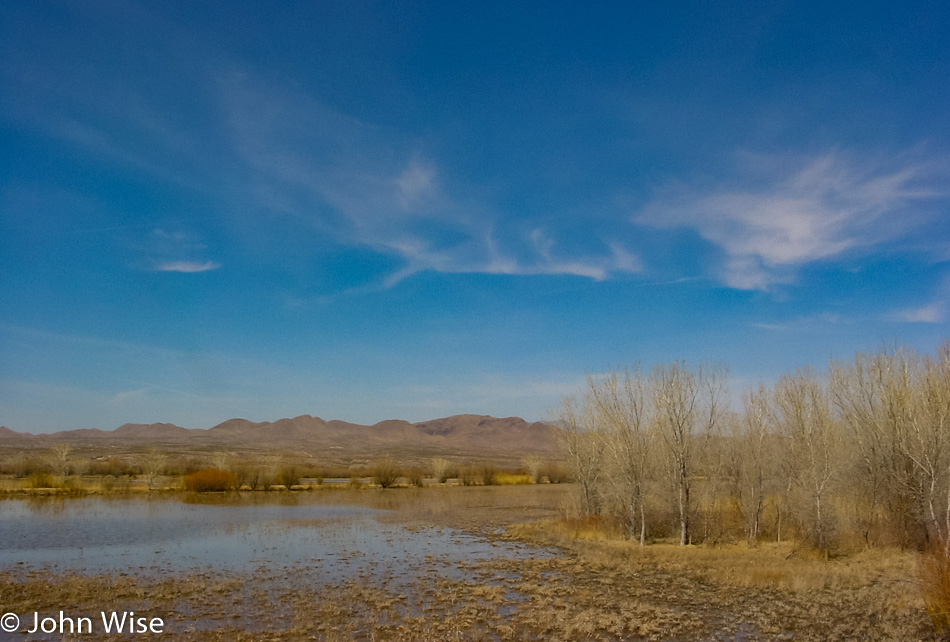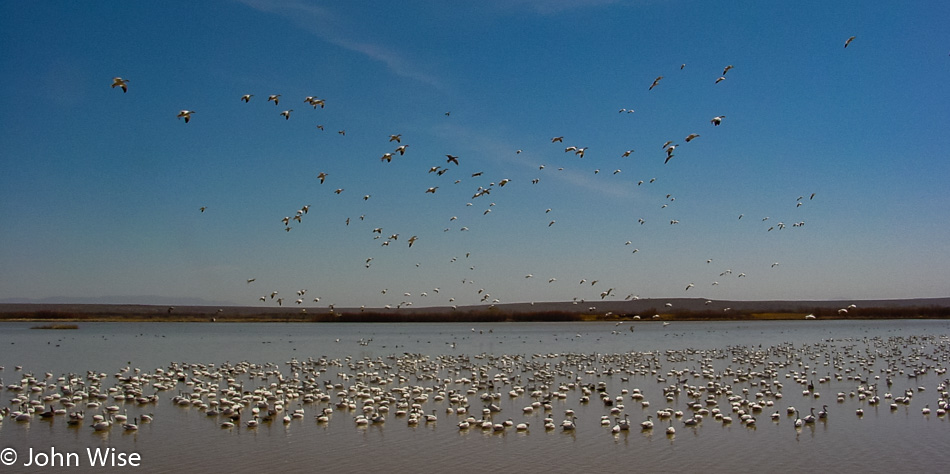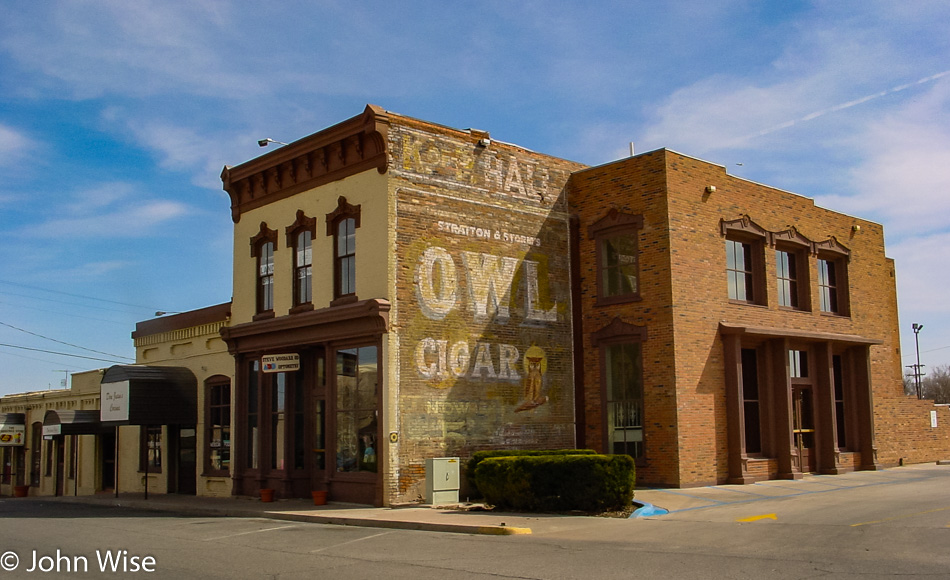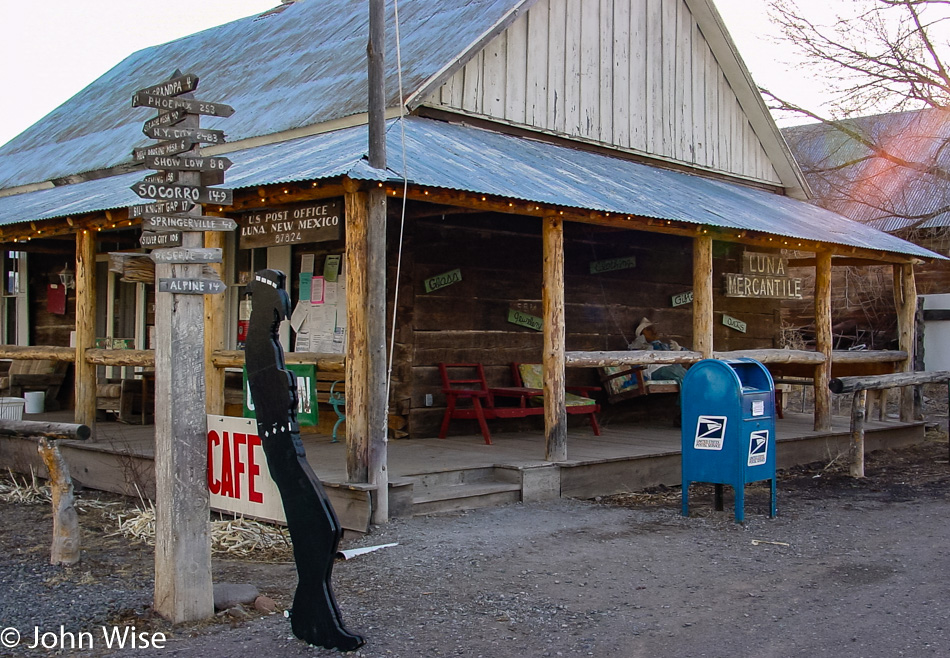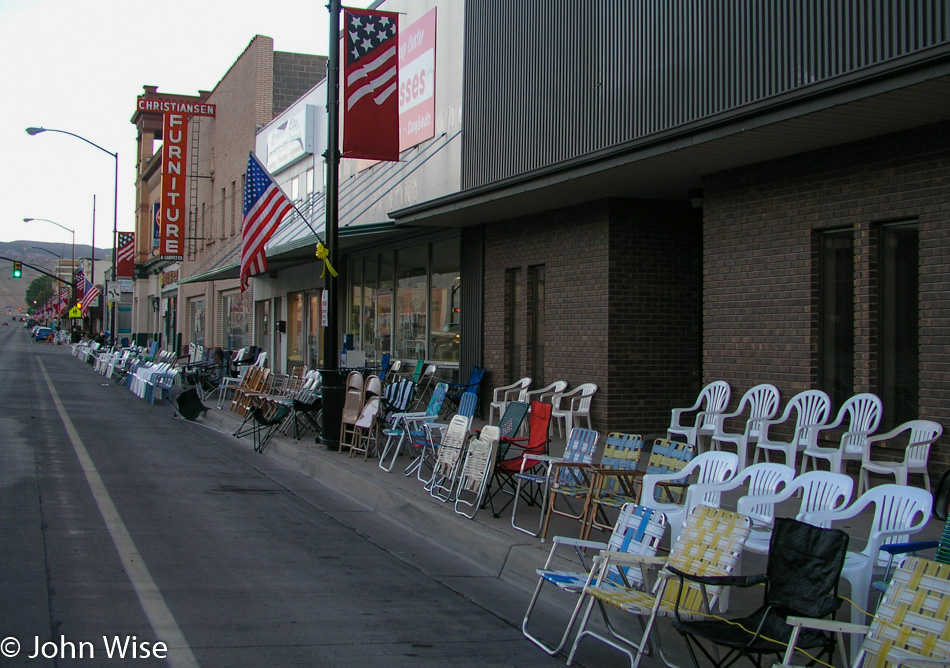
Happy Fourth of July, America! Last night, when we arrived, this small town was not yet asleep as folks were out setting up chairs while food vendors were getting ready for today. The sound of fireworks woke us before our alarm did; somebody must have been testing the setup for the evening’s festivities. It’s only 6:30 when we leave our motel and see that Richfield is ready for the parade scheduled for later in the day. We won’t be around for the celebration, though, as our fireworks are to be found at points north of here. To get there, we break one of our travel rules that stipulates we avoid main highways and we head for Interstate 15, but before we get on this main thoroughfare, we take a beautiful scenic detour on Highway 50 through the nice little farming village of Scipio. Sailing up the 15 at nearly 85 mph we pass Salt Lake City. We are not able to spot a single Starbucks logo from the freeway until I see a Barnes and Noble bookstore in Ogden and we know they always have a coffee shop. Armed with a quad shot venti mocha loaded with 5 or 6 bags of sugar and topped with whipped cream, I’m ready to hit the gas and take this Oldsmobile to the Arctic Circle.
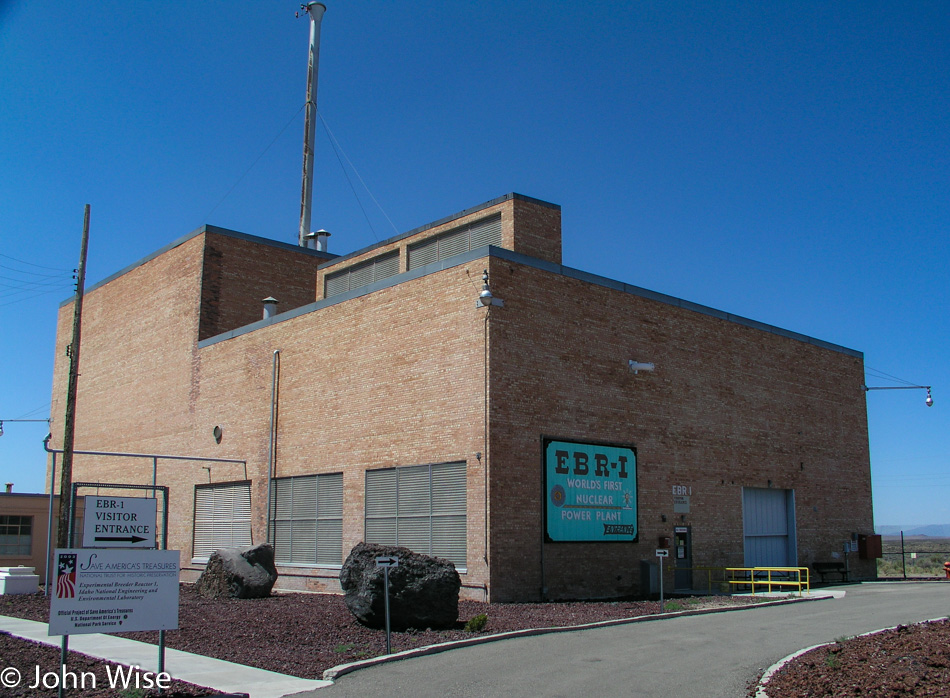
It started with the radio fuzzing in and out. We think it might be this Atomic City; then again, it could just be that we are also entering a wilderness area. At Blackfoot, Idaho, we left the Interstate and got on Highway 26 in the direction of Craters of the Moon National Monument. We never made it to the Craters, though, because 20 miles before it, the town of Arco up and attacked our inner geek, demanding that we stop. The world’s first Nuclear Power Plant, called the EBR-1, is open to visitors, and self-guided tours are FREE! Seeing my wife is well past her best years, and that we won’t be producing any offspring with her old eggs, we figure a little radioactive contamination won’t do her any further harm, so we leap at the chance to play with spent or fresh nuclear fuel, we’re not that discerning.
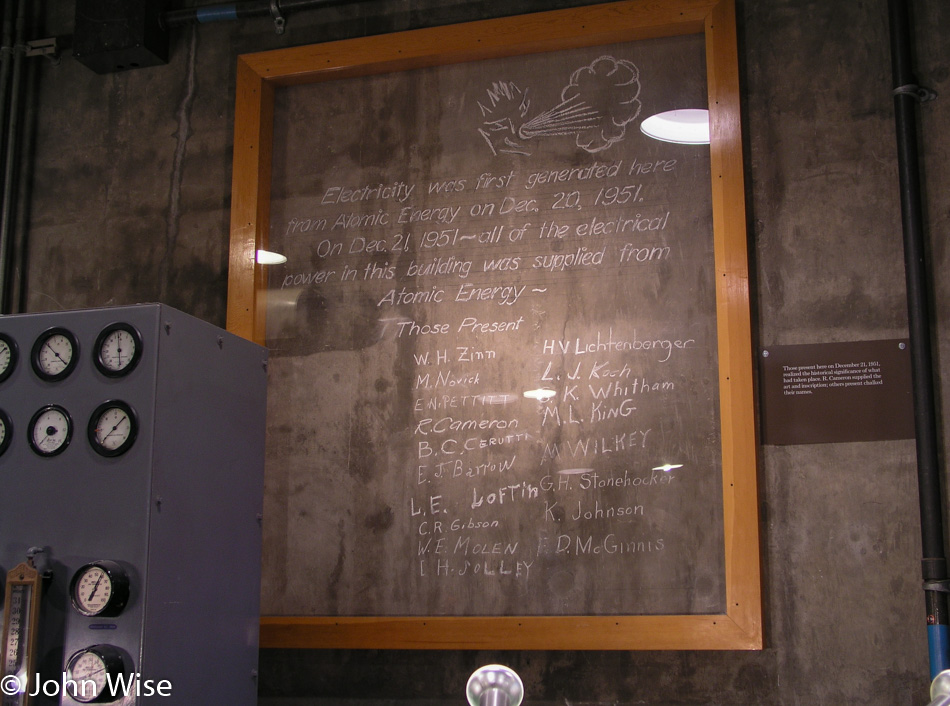
Our dreams of playing with glowing fissile material were quickly dashed when we were informed that as part of our entry fee, we would not be offered a souvenir that could be used for powering our own reactor or freaking out people by handing them a rod of uranium-235. Here in Arco, Idaho, we are among the highest density of nuclear reactors on Earth: over 50 of them have been built here. I think I like the town’s first name of Root Hog, more than Arco, but that’s just me. Arco was named after the German inventor Georg von Arco who was also one of the founders of Telefunken, makers of radio vacuum tubes, who was visiting Washington D.C. when the town changed its name. History abounds.
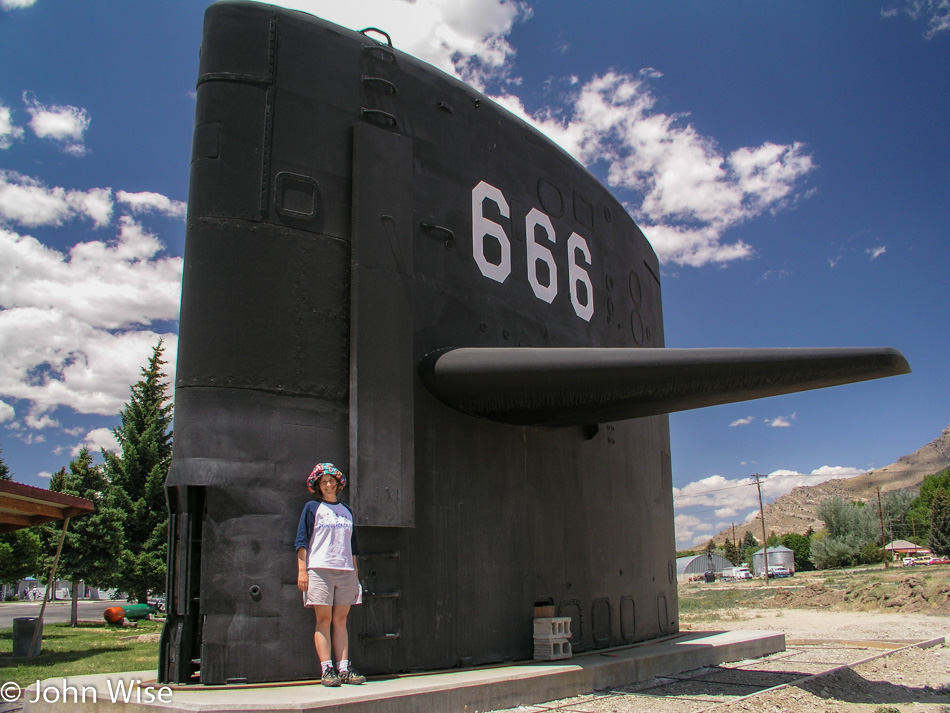
It’s not every day you expect to find a “sail” from a submarine on a plain in the middle of a continent, especially one marked with the sign of the beast. But that’s exactly what you’ll find in Arco, in addition to a ton of nuclear experimentation. Regarding the satanic reference, a placard offered this from Revelations Chapter 13, “And I stood upon the sand of the sea, and saw a beast rise up out of the sea….Here is wisdom. Let him that hath understanding count the number of the beast: for it is the number of a man; his number is 666.” All of this is in the area that lays claim to fame for having the largest concentration of Nuclear Reactors in the World! We thought the earth opening up next would be a great encore; we didn’t have long to wait.
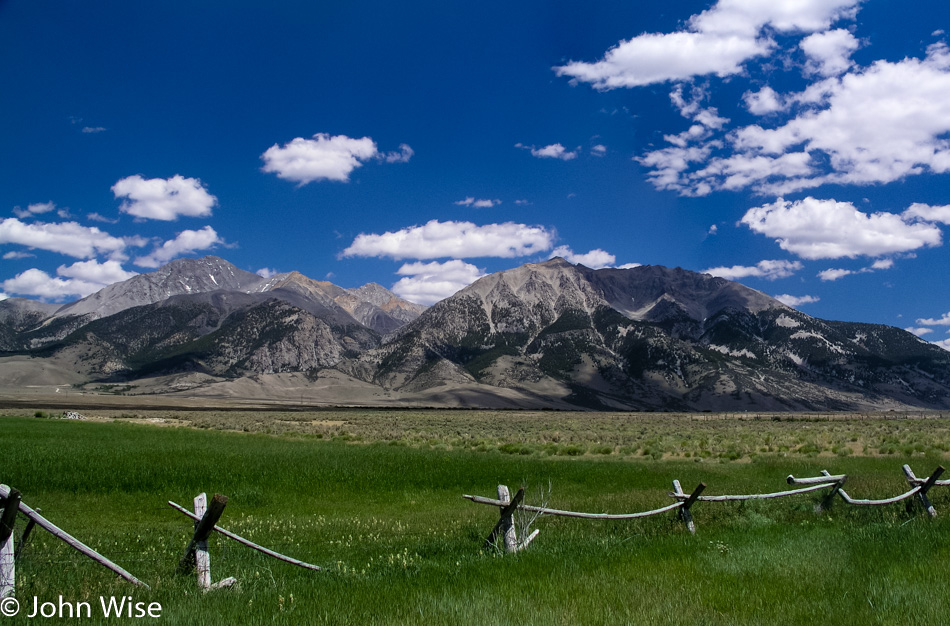
On your left in this photo is Borah Peak, which is Idaho’s tallest mountain, standing at 12,662 feet tall or 3,859 meters. Just past this spot was a sign that said something about “Earthquake,” so we turned around to at least read it. It tells us of a crack in the earth caused by an earthquake, and it’s only two miles up the road. Turns out that it’s a washboard road of dirt and gravel where we fly our Oldsmobile at 40 mph, which is okay as we’re in a rental. Back on October 28, 1983, a 6.9 magnitude earthquake at Borah Peak occurred, causing the mountain range to gain 6 inches in elevation while the valley we took the photo from dropped 9 feet (3 meters). The crack before us is proof that, indeed, the earth has opened here, casting doubt on the forethought that went into putting the largest concentration of nuclear reactors in the world just down the road. Oh well, it’s beautiful out here, no time to worry about meltdowns and the earth opening a window into the gates of hell and so we bump back down the road to rejoin the highway.
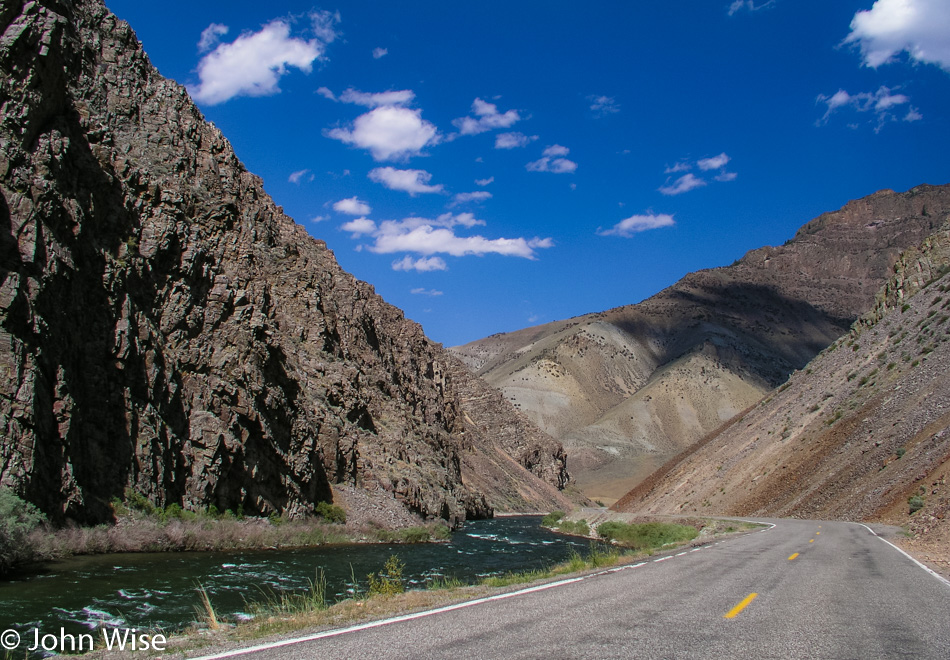
We’re following the Salmon River on Interstate 93.
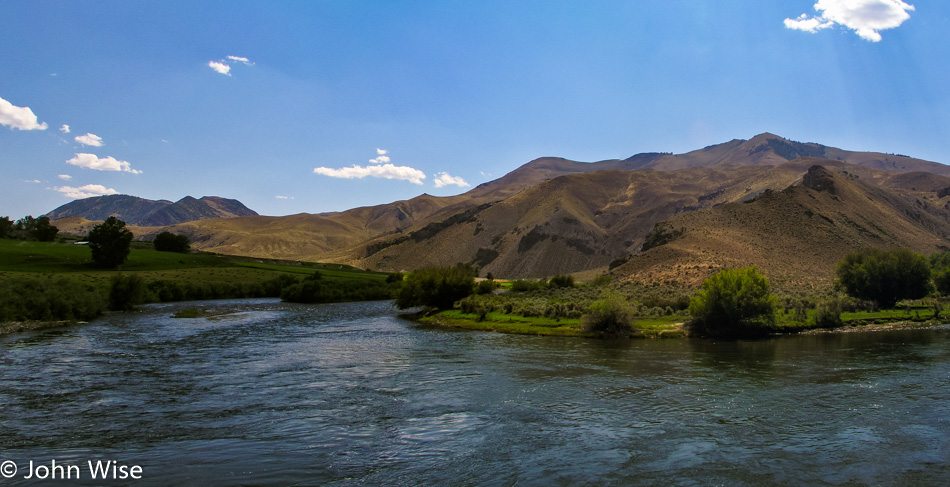
Since turning off the Interstate hours ago, we get to reflect on the roads and scenery that deliver the reason for us to endure these long road trips. With high mountains surrounding us and green grassy fields in between, the shadows of the clouds paint the landscape for miles before and after us. It’s difficult not to stop and sit by the roadside listening to the birds and the silence that punctuates their songs. These are the places in America where you have to relax for a moment after stepping out from your car to concentrate your breathing so it doesn’t interfere with the quiet we so rarely have the opportunity to experience. The day is beautiful as we hold hands and, from time to time, smile at each other with that knowing glance that we are so incredibly lucky to be experiencing this moment.
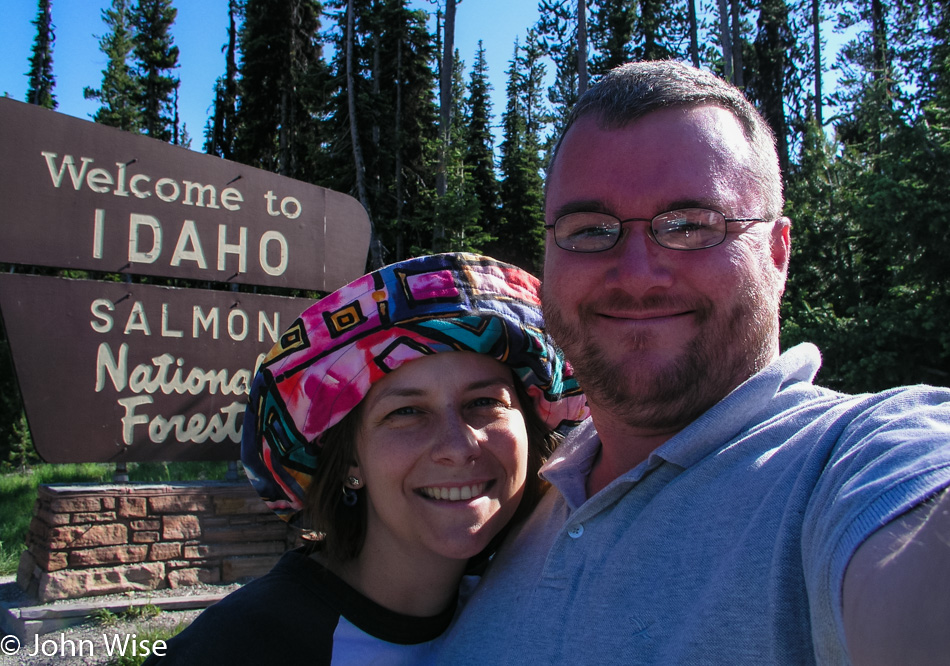
We are on the Chief Joseph Pass as we approach Montana, where we will stop for the obligatory selfie in front of the state sign. We had missed the Idaho sign earlier in the day, so we needed to get that out of the way first. Next up, we skip across the street and shoot a photo of us in front of the Montana state sign; this is almost becoming a compulsive disorder. So here we are in the wilderness, nothing but trees and mountains for miles and miles, sitting in the mountain air at 7014 feet when to my overwhelming surprise, we meet a couple roadside with a little wood cart they’ve hauled up here. Relaxing in lawn chairs under the trees, this husband and wife team are hawking beef jerky, not actually hawking as that would imply some level of work; they are sitting here waiting for whoever might pass over these mountains.
Turns out we don’t have enough cash for a package, and obviously, at this altitude on a remote stretch of road, they don’t accept credit cards, so we swap the little cash we have and a couple of grapefruits we had stowed in our ice chest. This is one of the great pleasures of road-tripping; how often have you met a couple sitting in the forest on lawn chairs selling jerky halfway through a transcontinental flight?
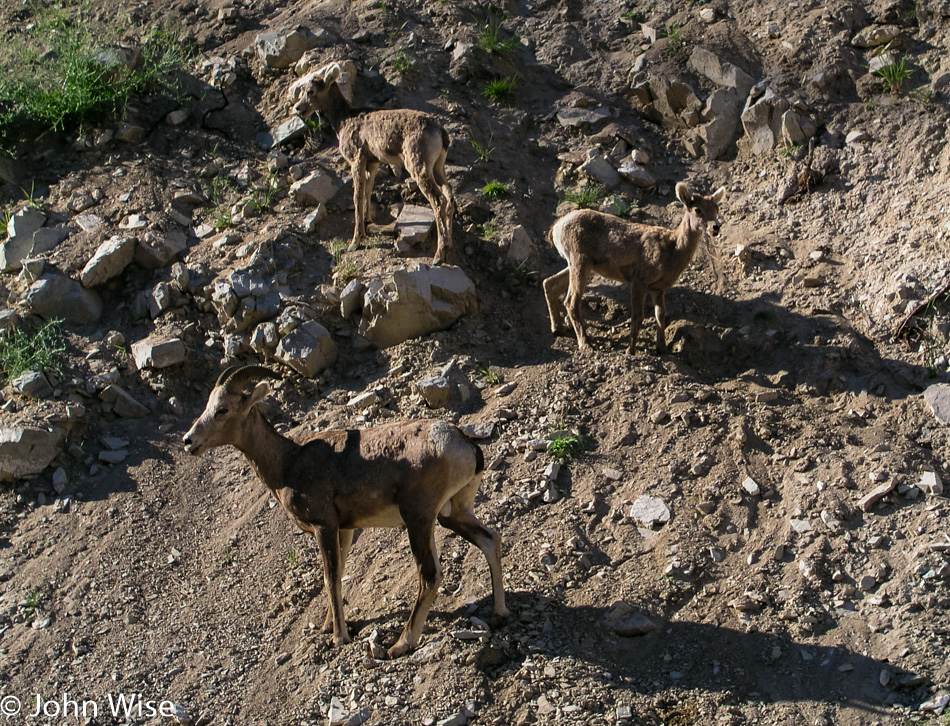
From the crest where we had our jerky encounter, the road begins its descent, and before you can blink an eye, we are making a near emergency stop on the side of the road, as a bighorn sheep herd with about 30 animals is meandering next to and across the road. As it’s early summer, the lambs are out with their parents, learning the fine art of ledge walking. We sat here right next to these families while the rocks from above tumbled ever closer to the Oldsmobile. After nearly 20 minutes, there are about half a dozen cars now parked with us before we begrudgingly move on.
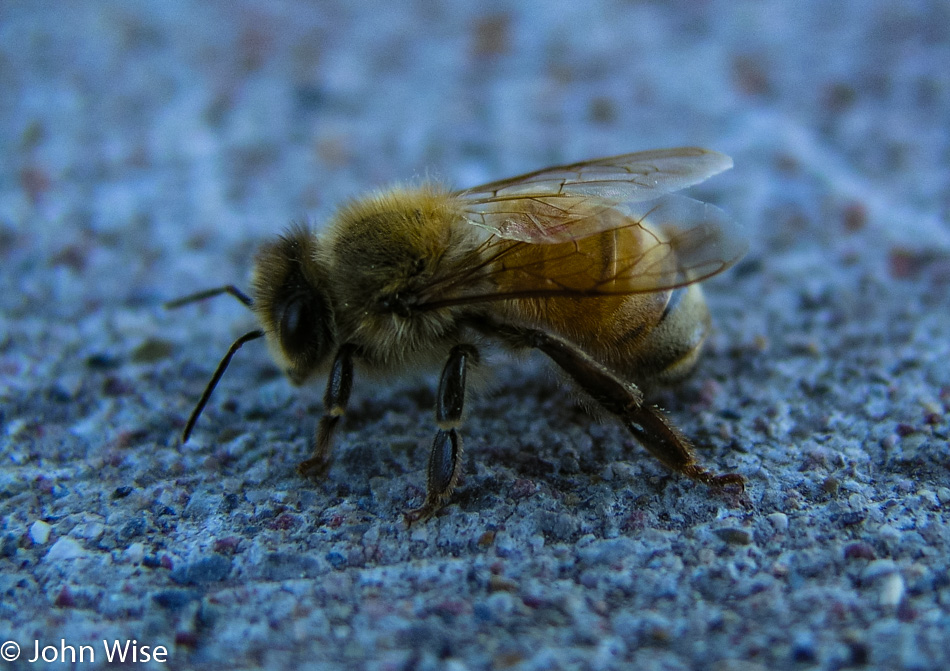
This lonely bee looked forlorn, and without a good dusting of pollen, it had us wondering what troubles this poor soul had seen. It just sat there kind of sulking as I approached to take its photo; while I wouldn’t want to be stung by it, it sure was pretty.
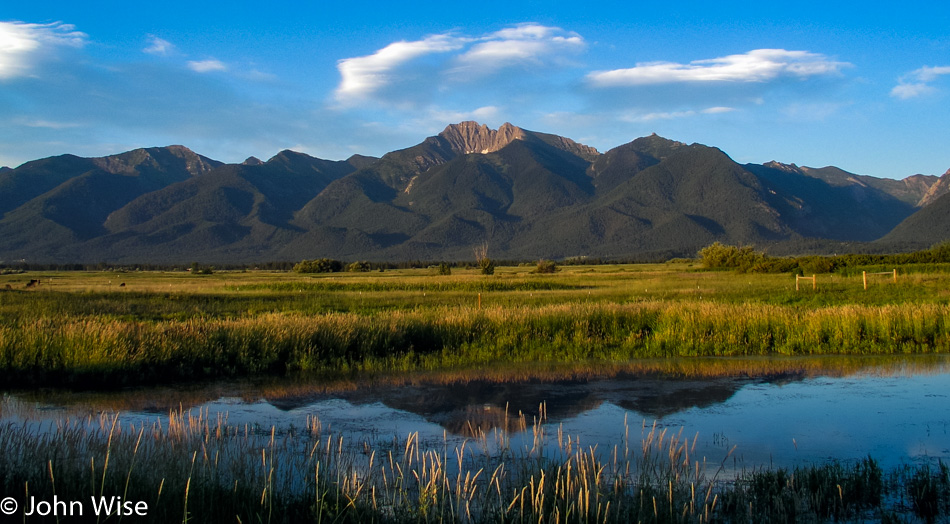
Still on Highway 93, we were passing through lush green valleys and rolling mountains on the way to Missoula when we entered the Flathead Indian Reservation. A roadside pullout invited us to stop at an overview of the gorgeous valley that we learned had been an inland sea after the last ice age scraped the form we see today.
Continuing our way north, we remained on the 93 to Polson, where we met Flathead Lake and the beginning of the evening’s fireworks displays. The road hugs the lake, and from dusk till dark, we wound our way up the road to Kalispell, all the while watching dozens of fireworks displays along the shore. This far north, the sun finally set just past 9:30 p.m., yet we were still seeing remnants of dusk on the far horizon as we pulled into the Blue and White Motel in Kalispell, nearing the 23rd hour of a long day.
